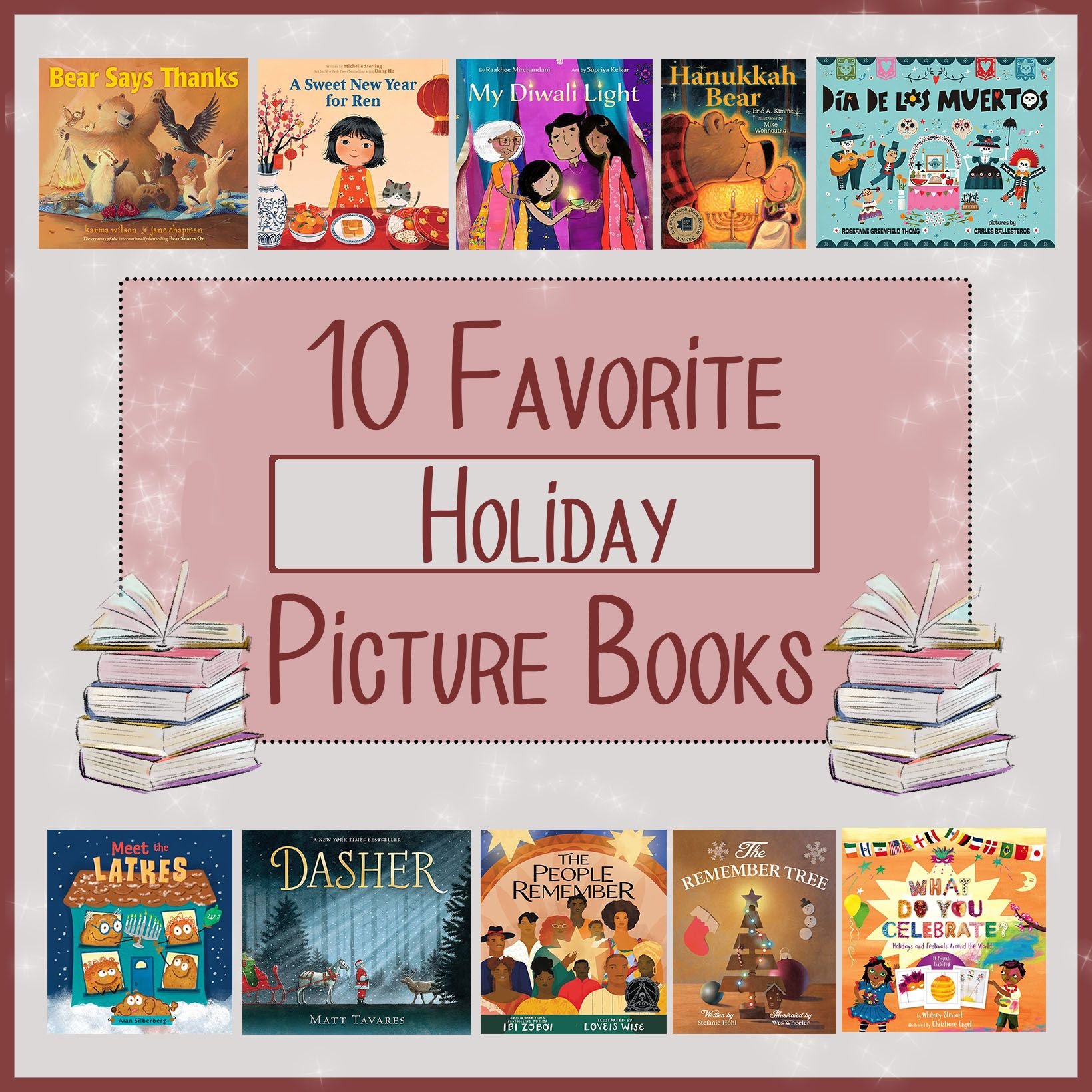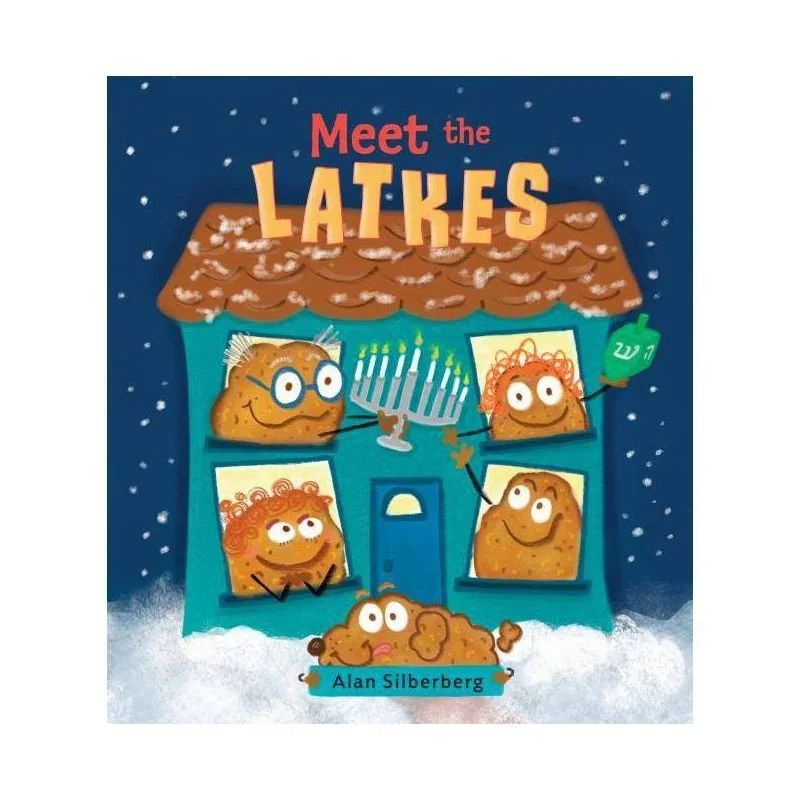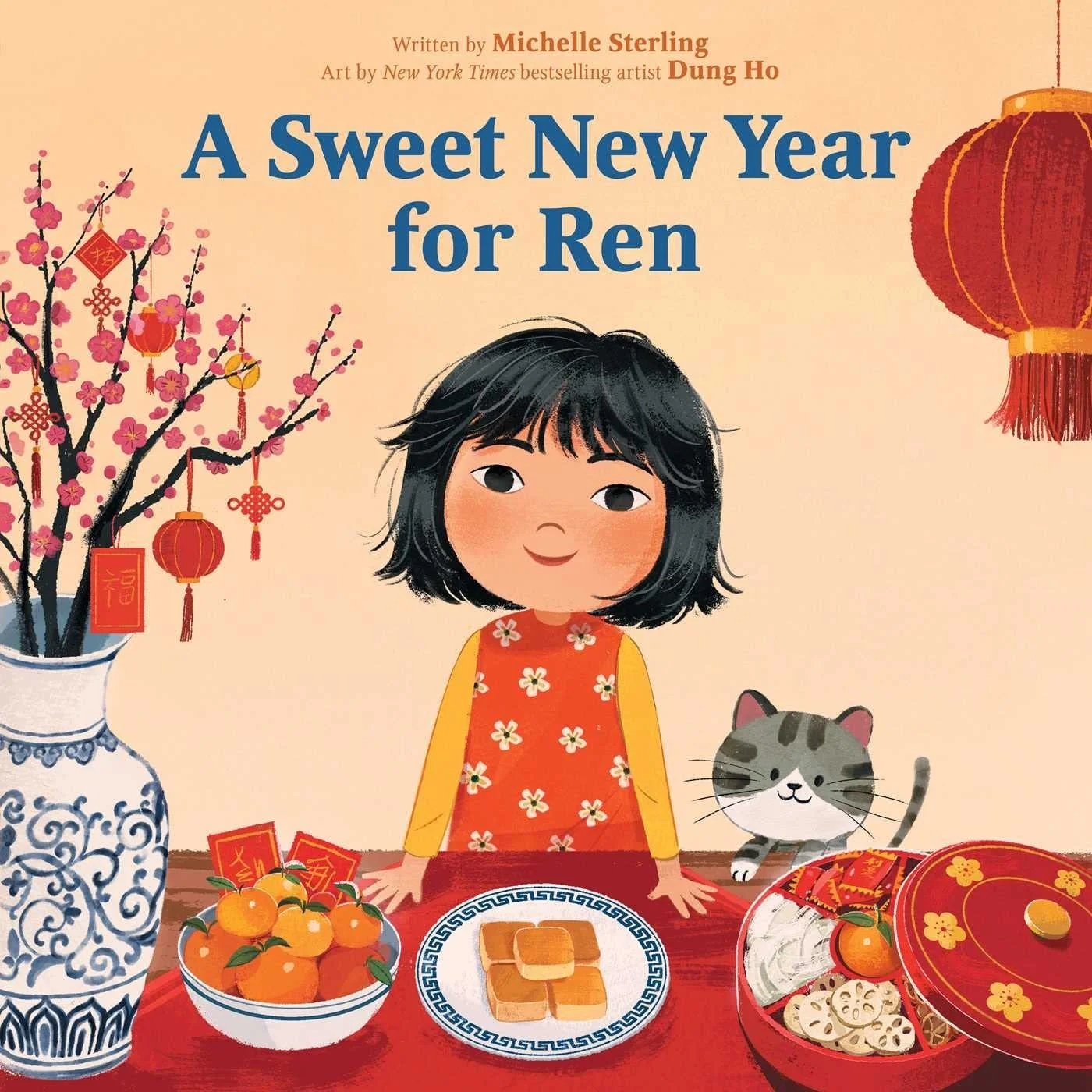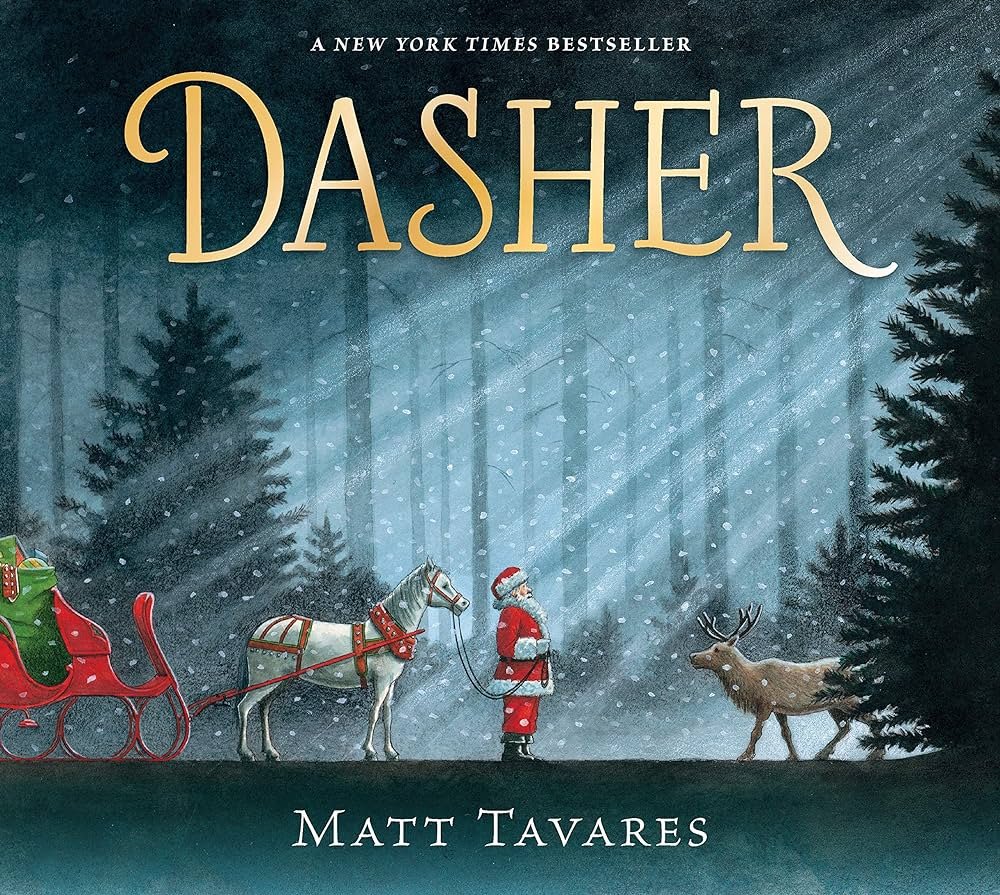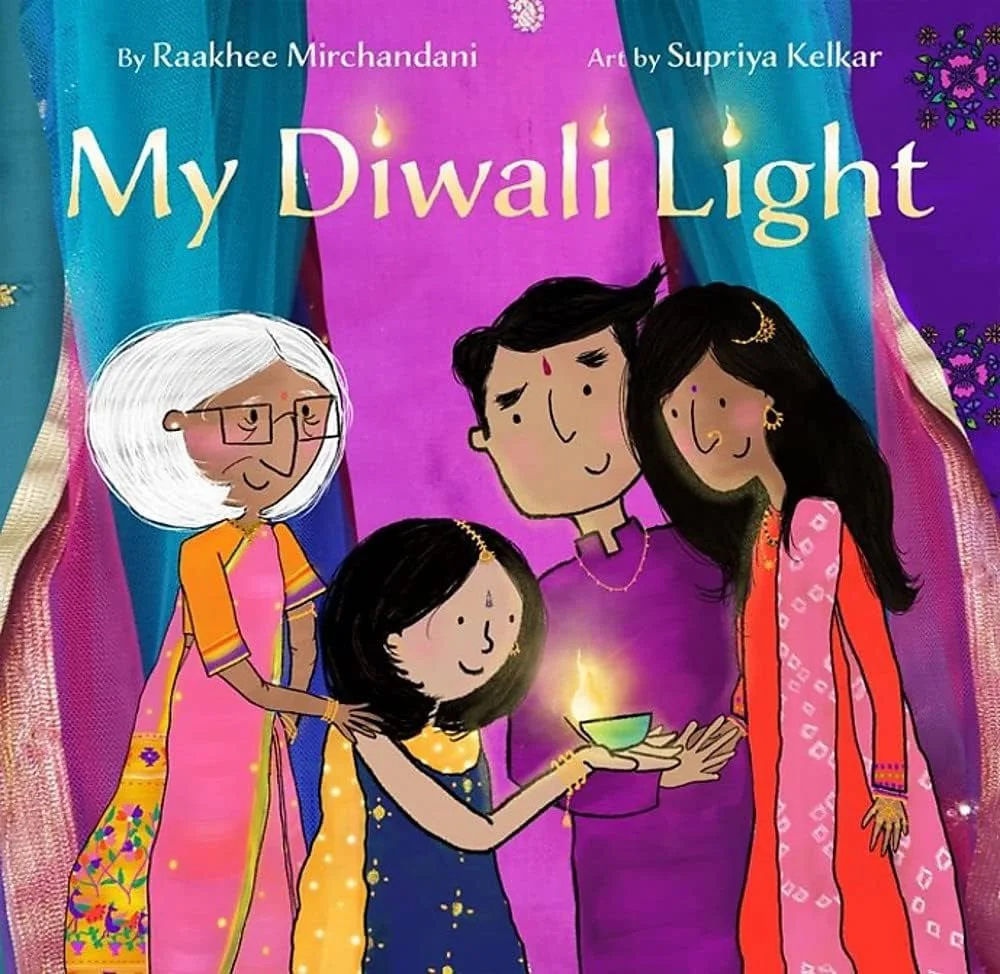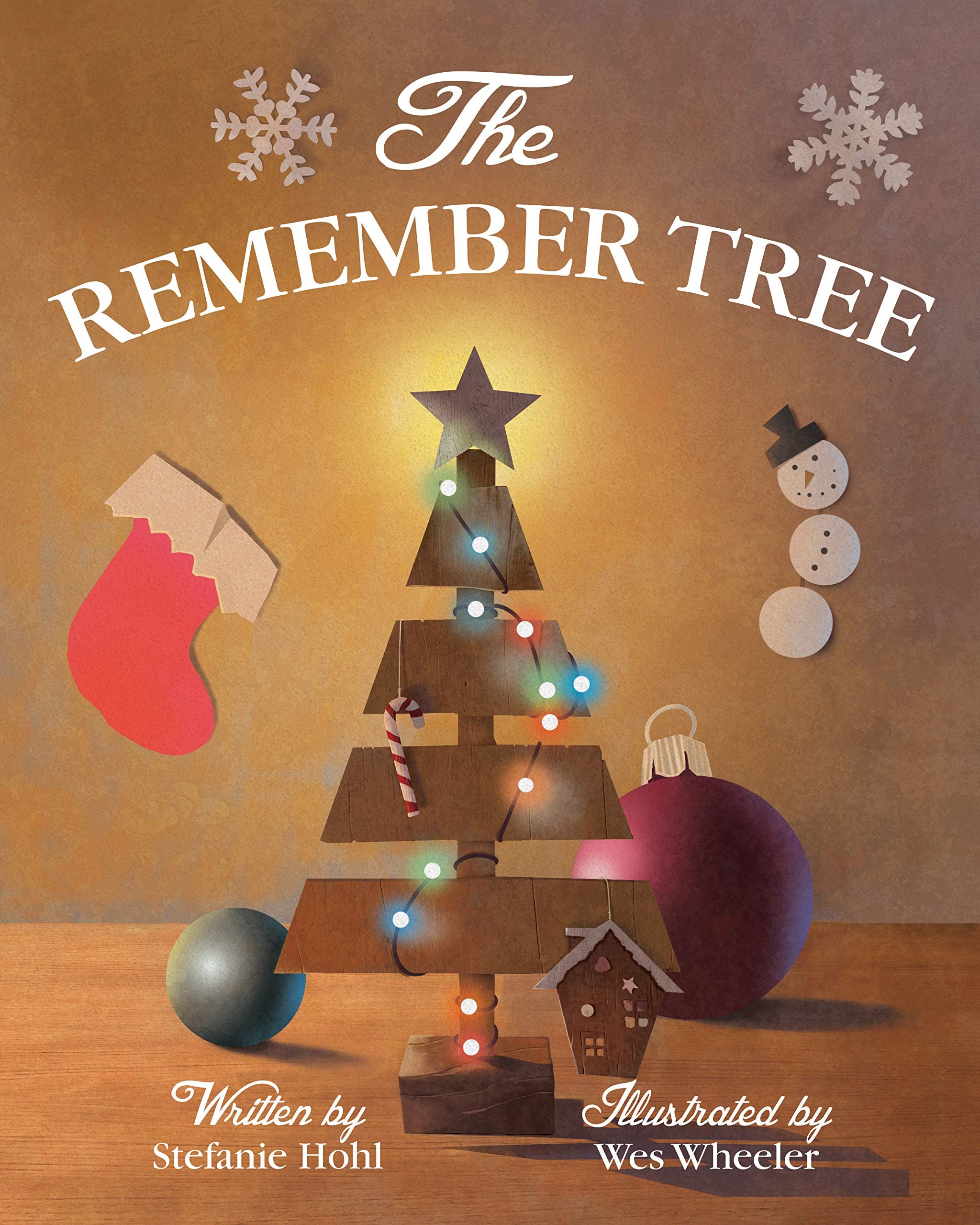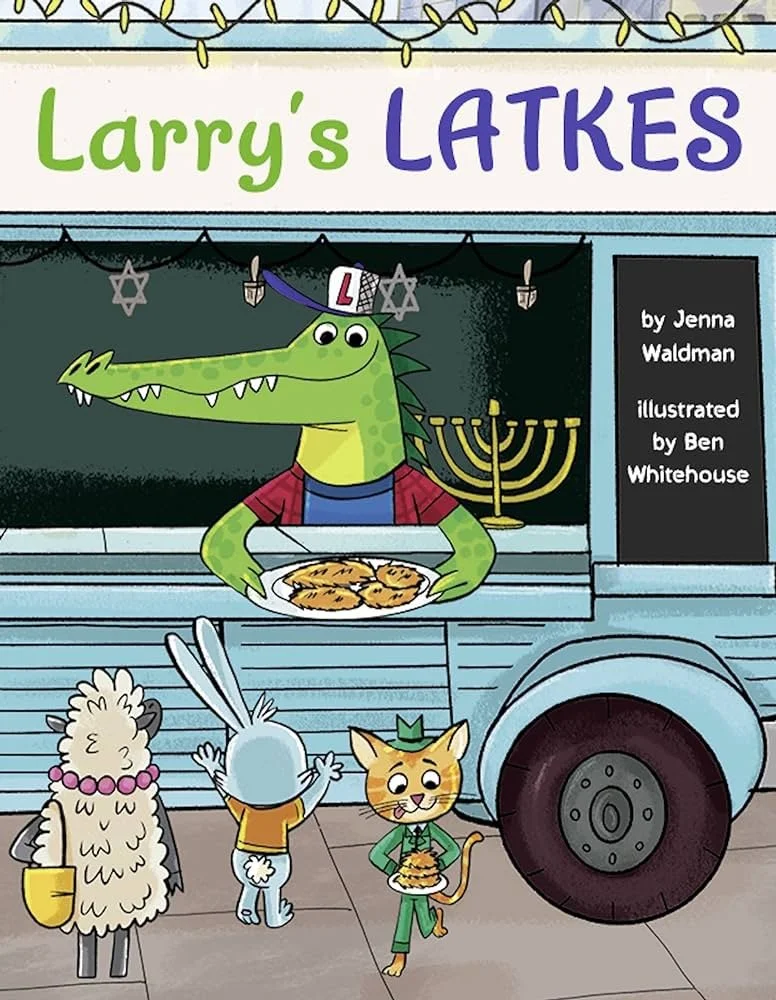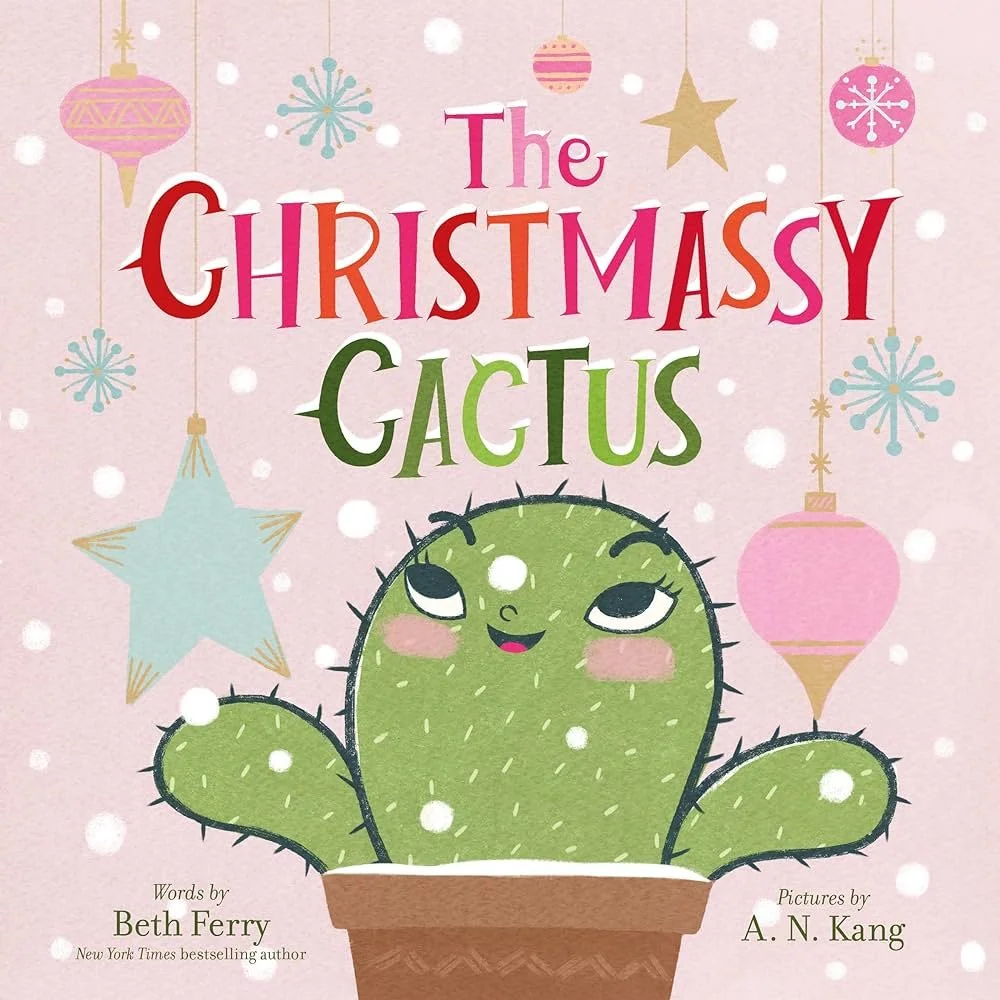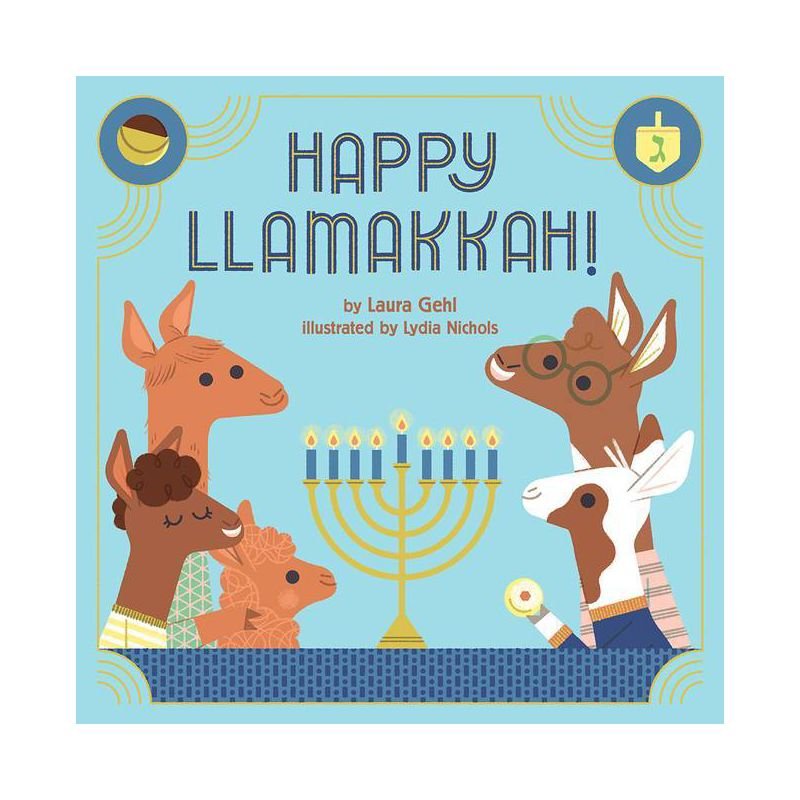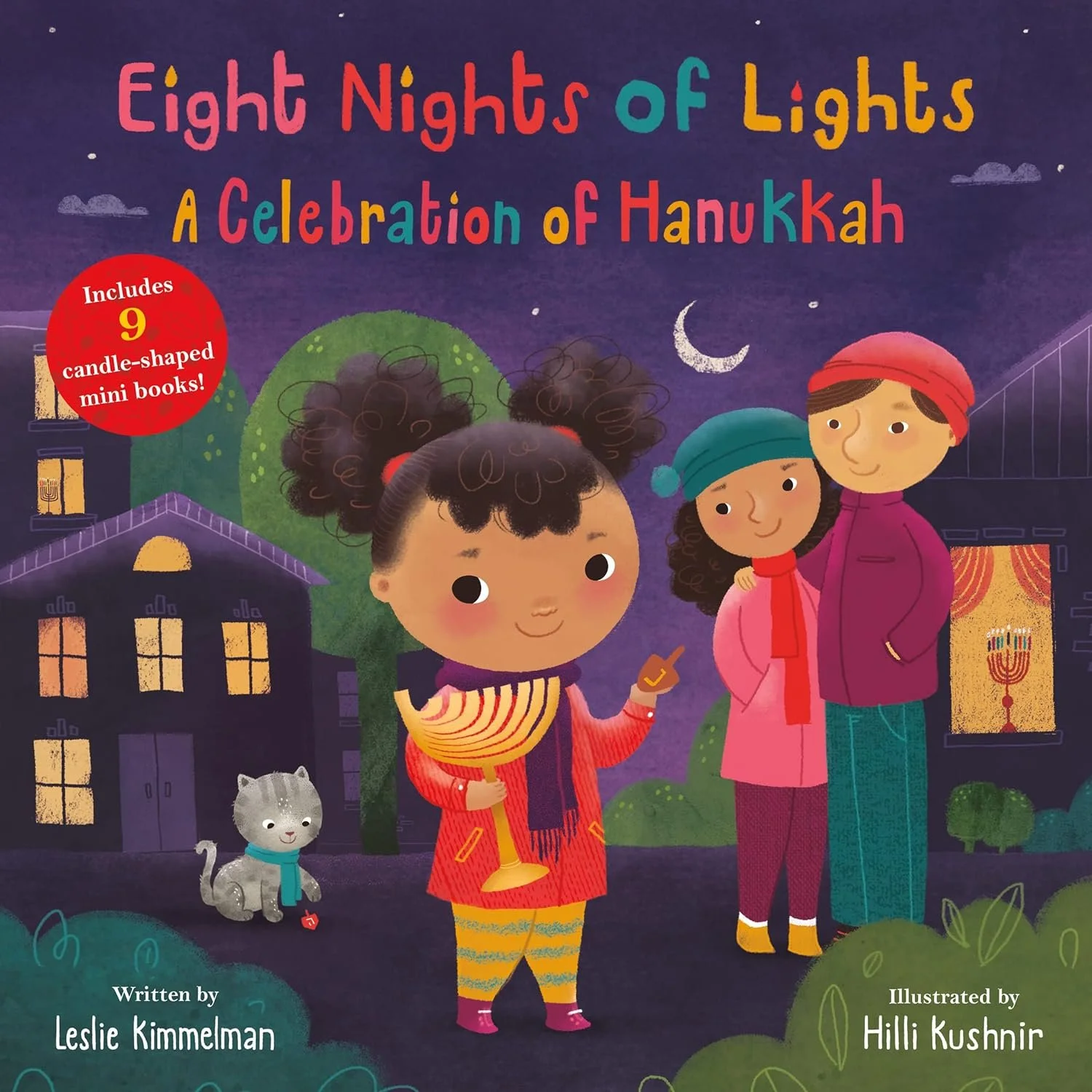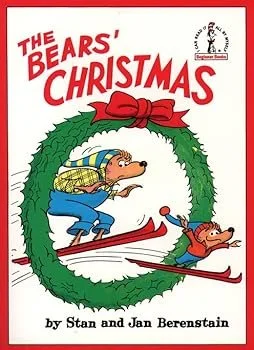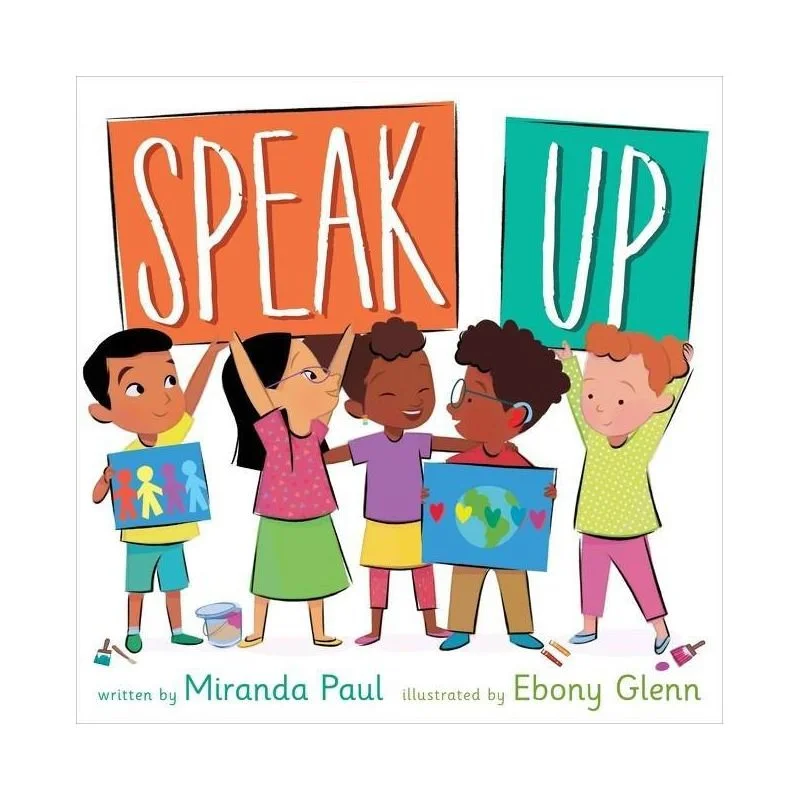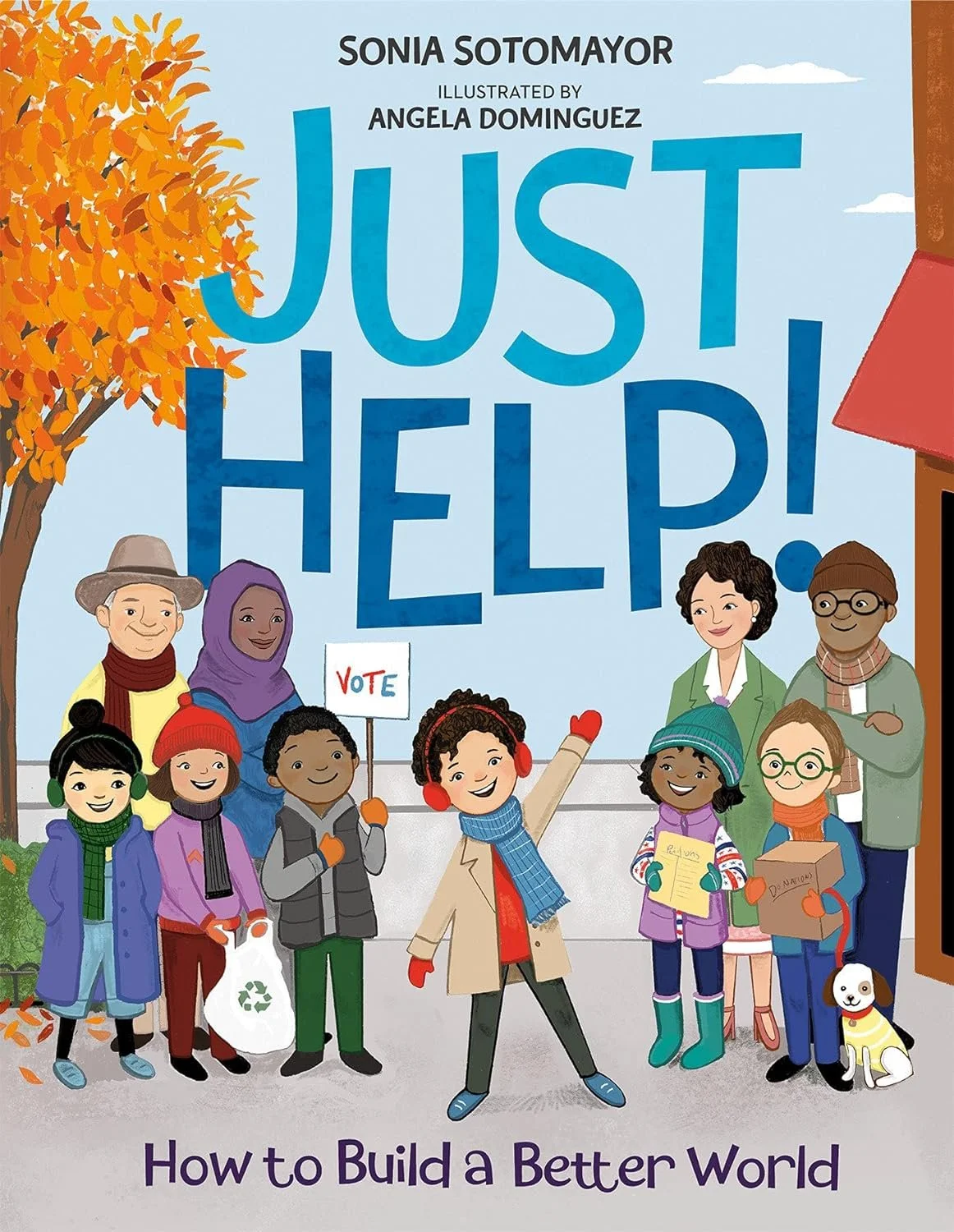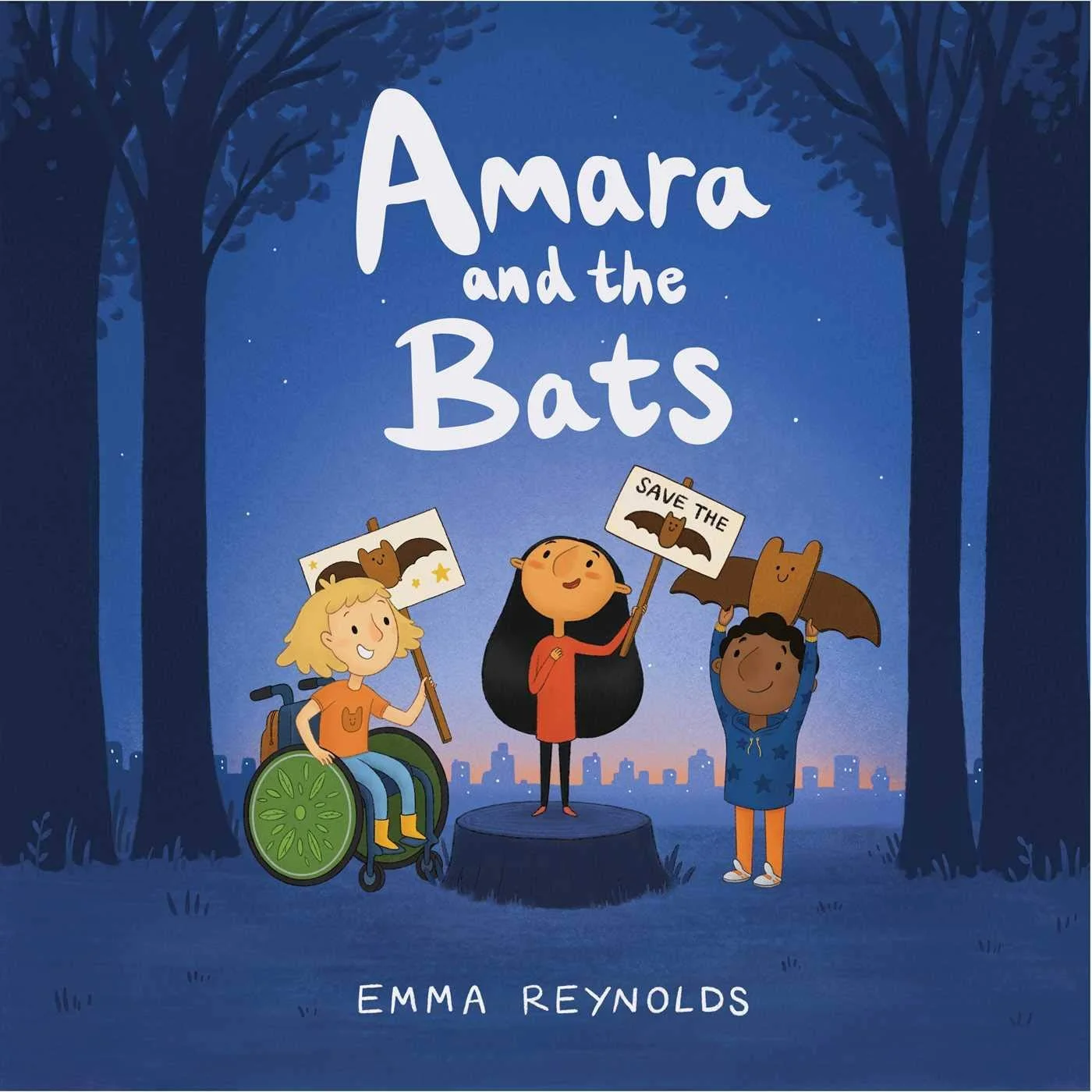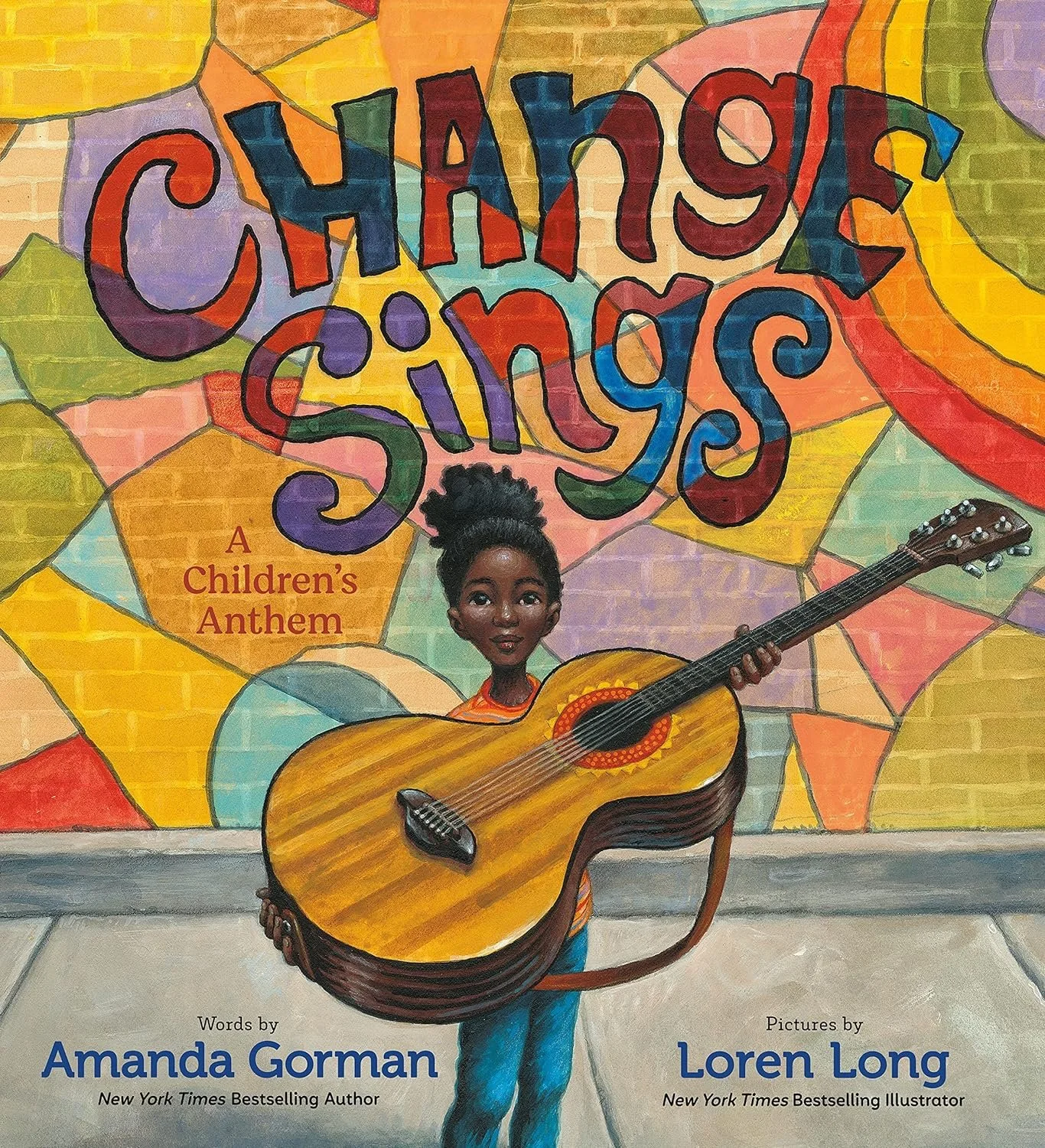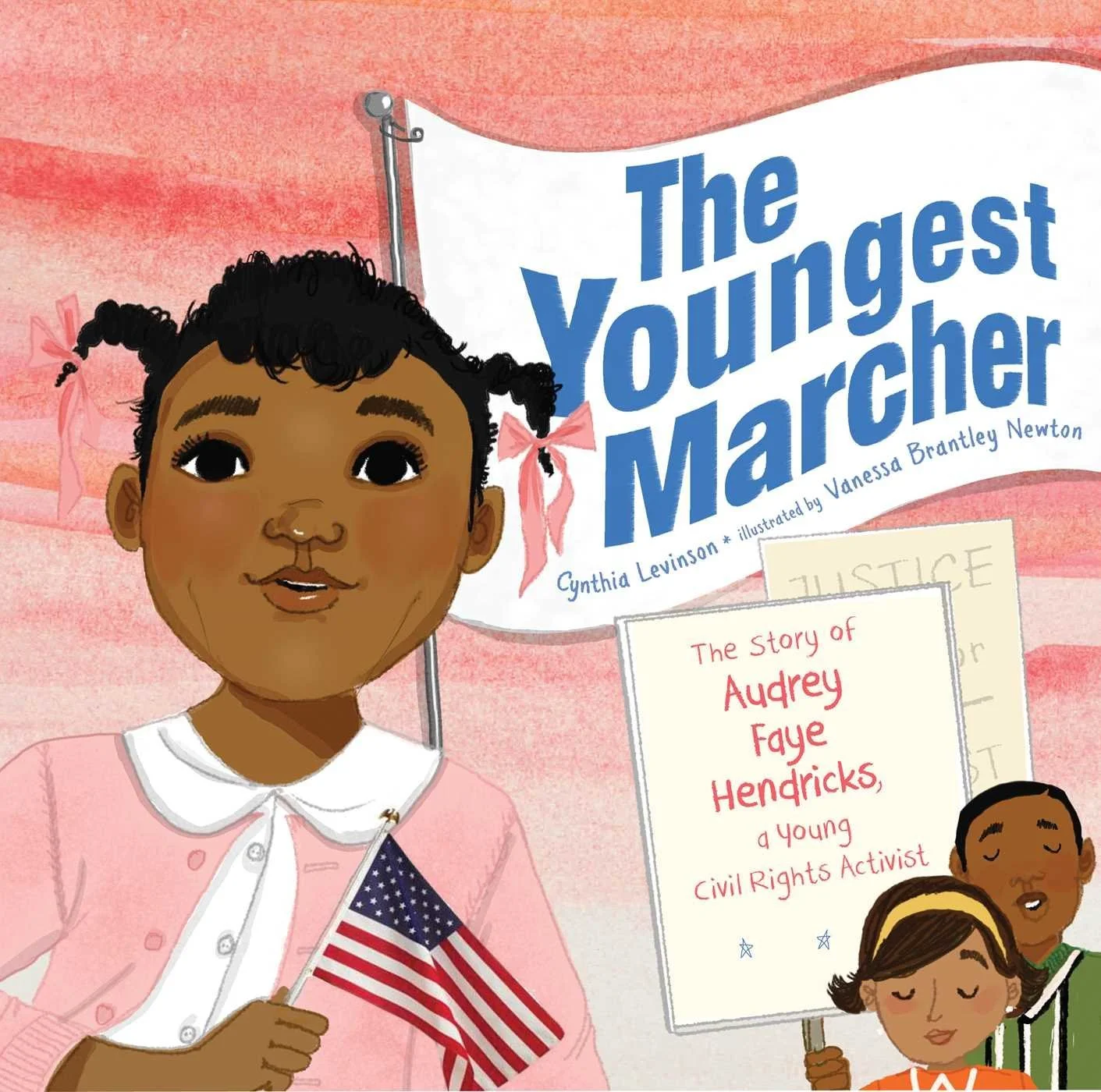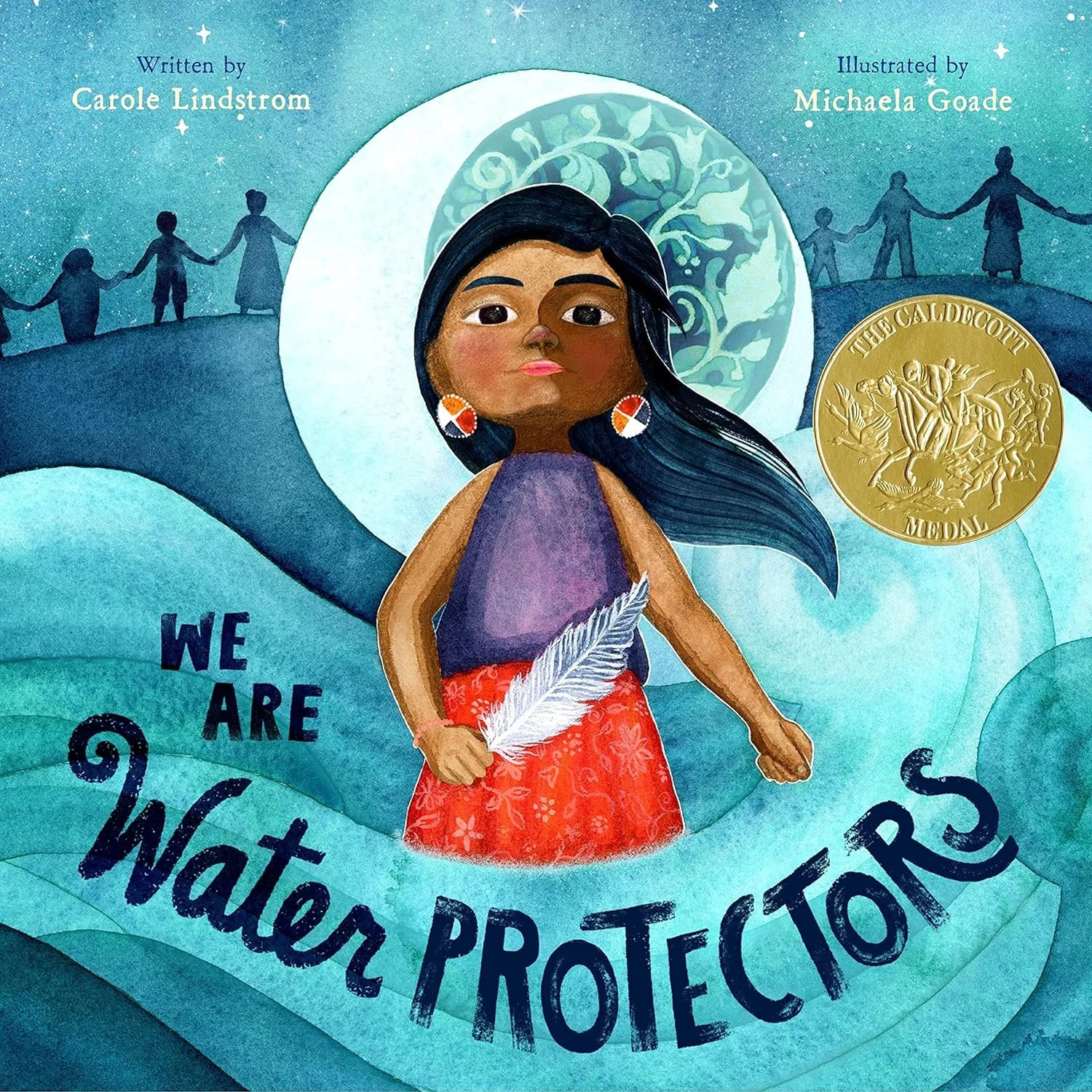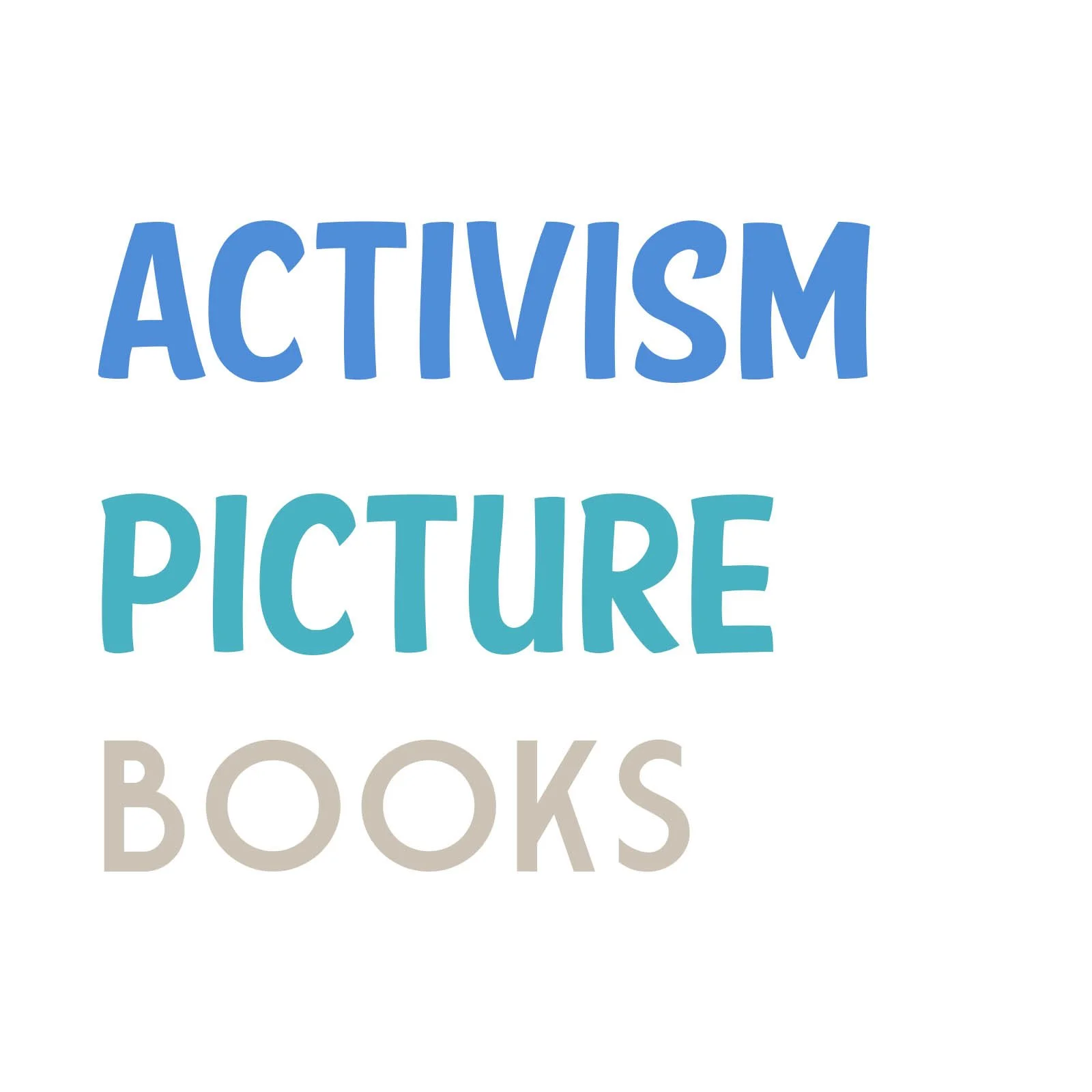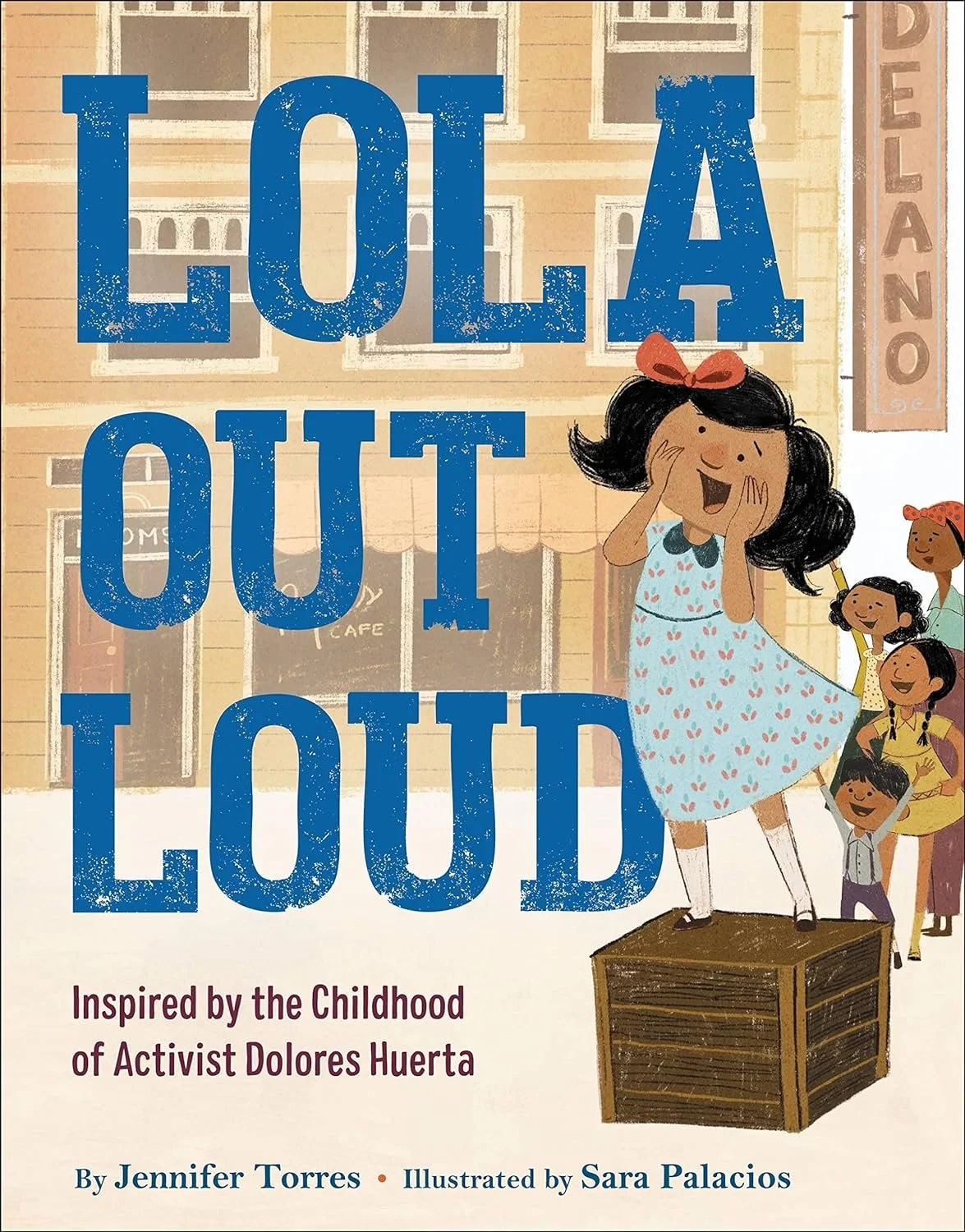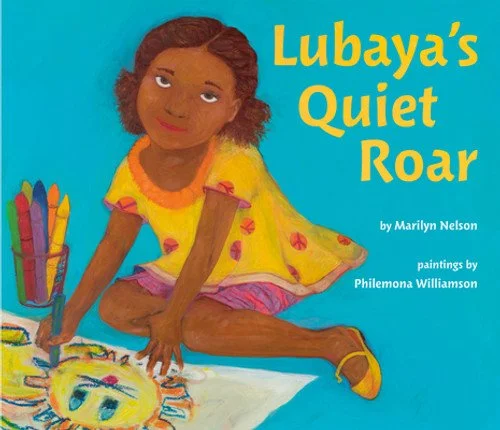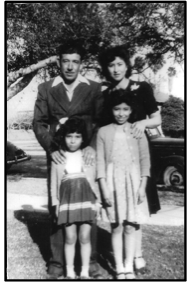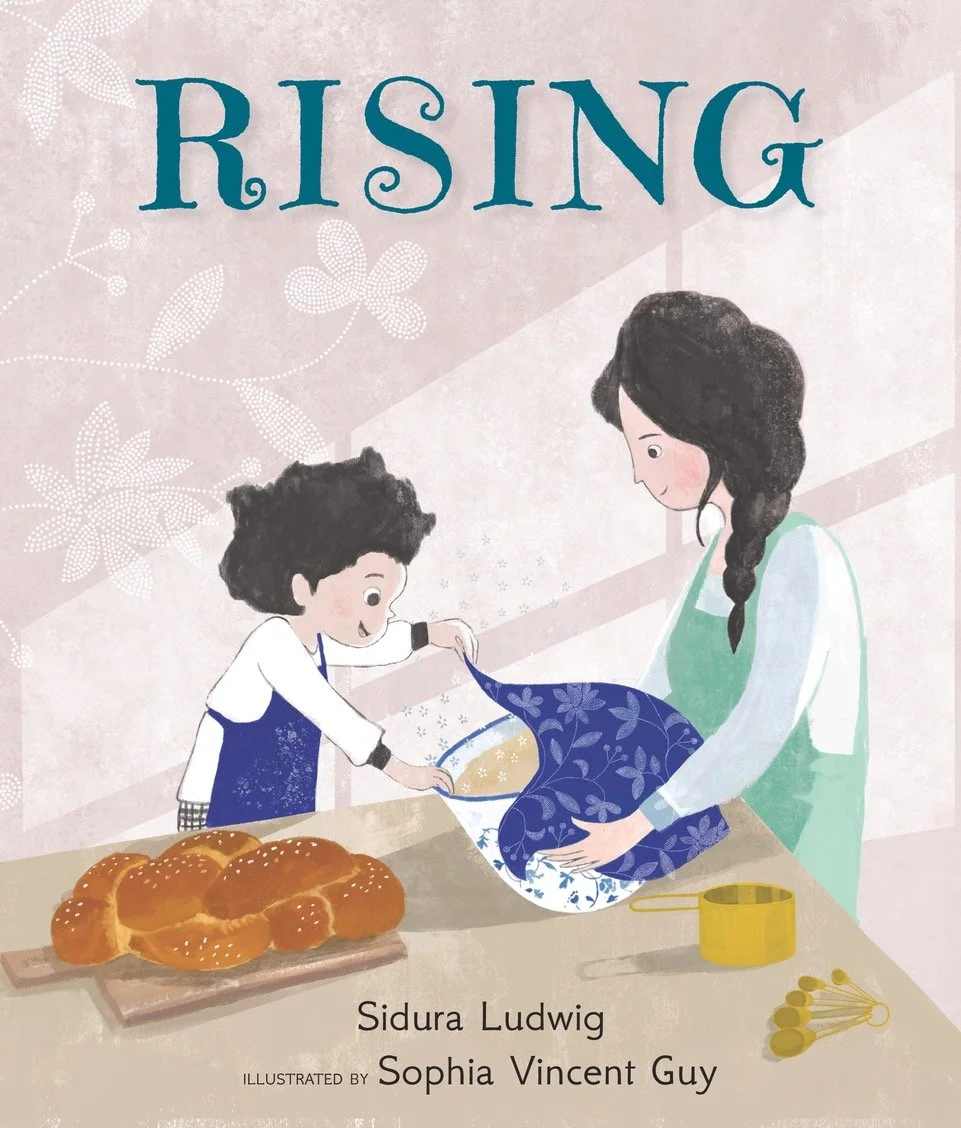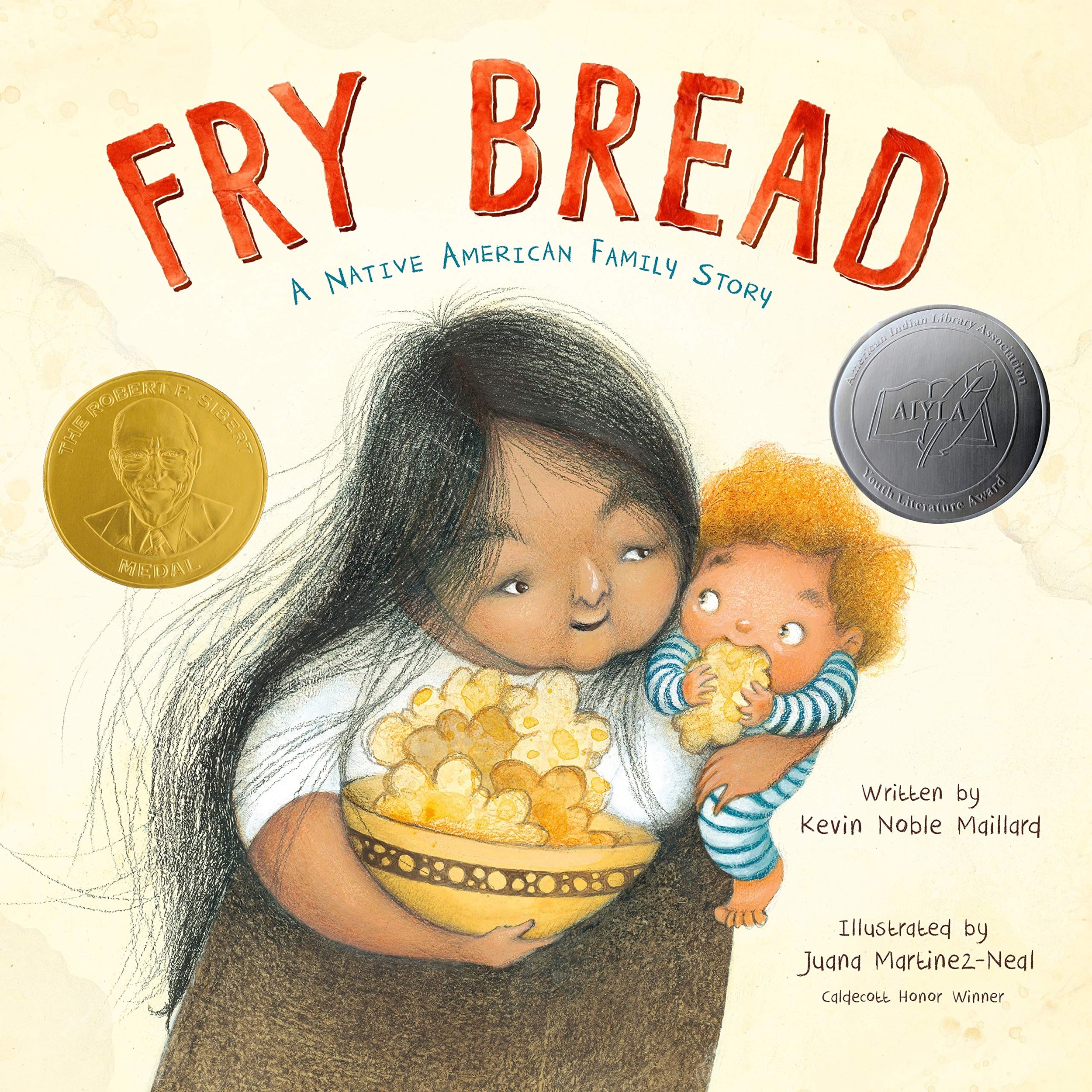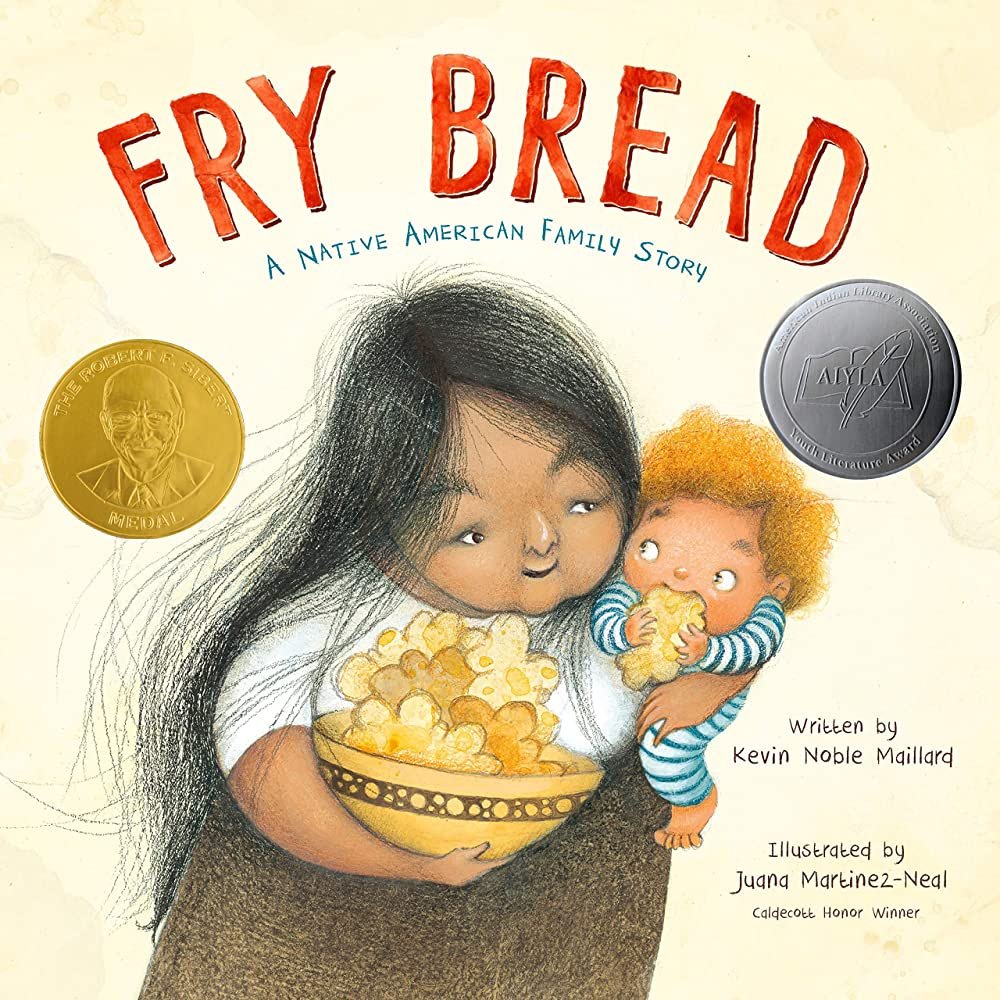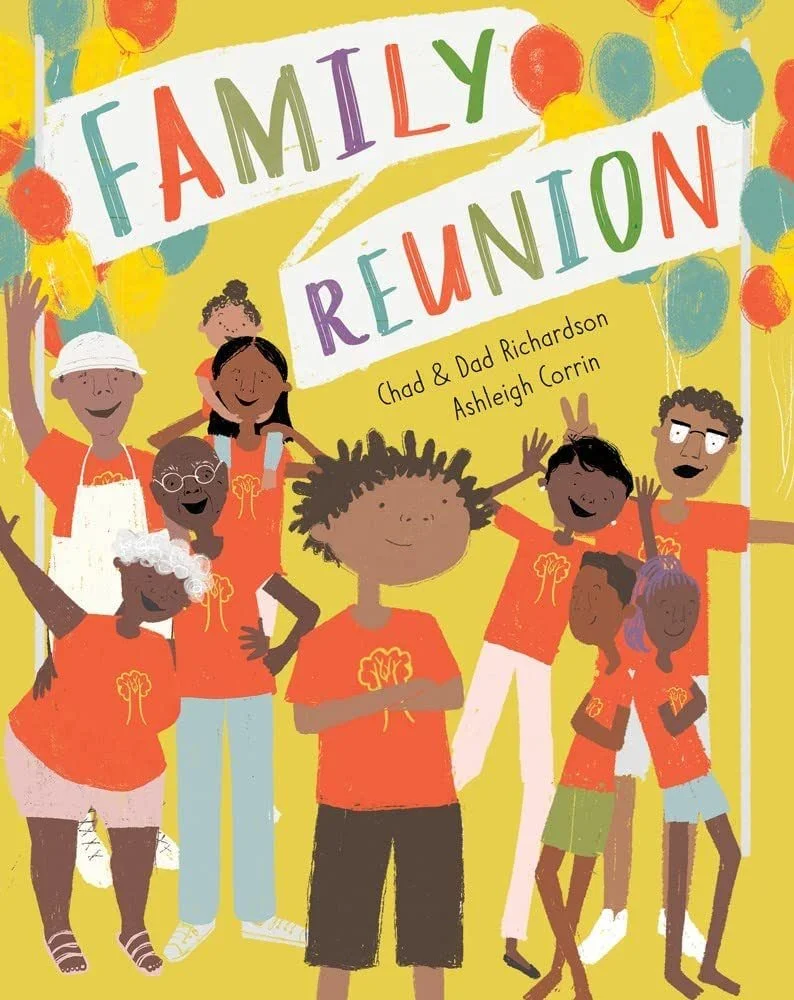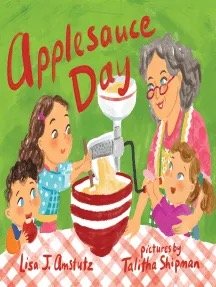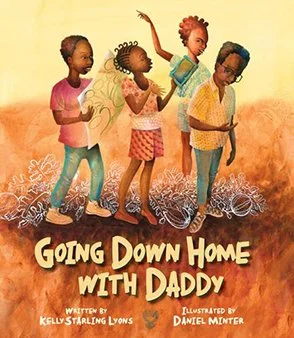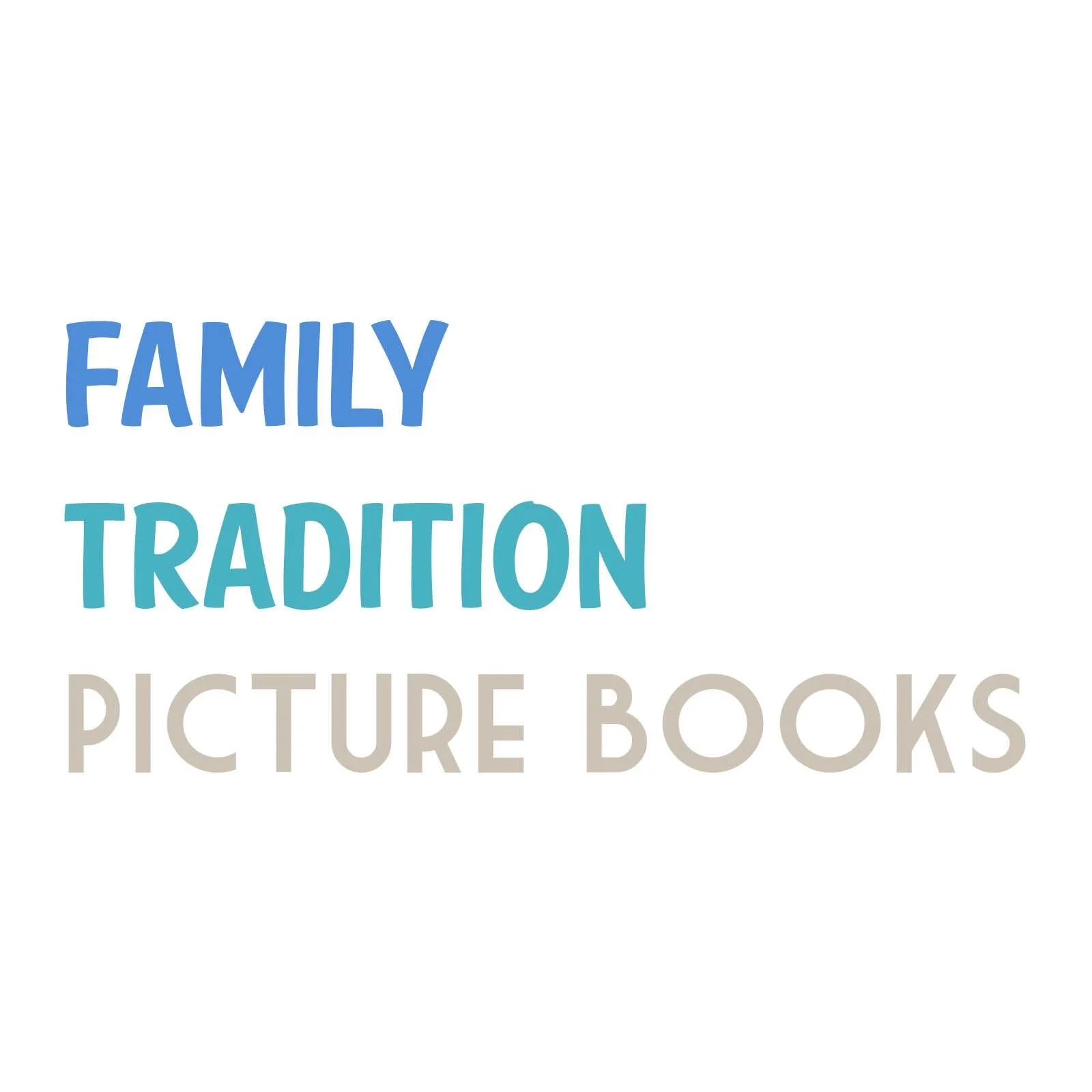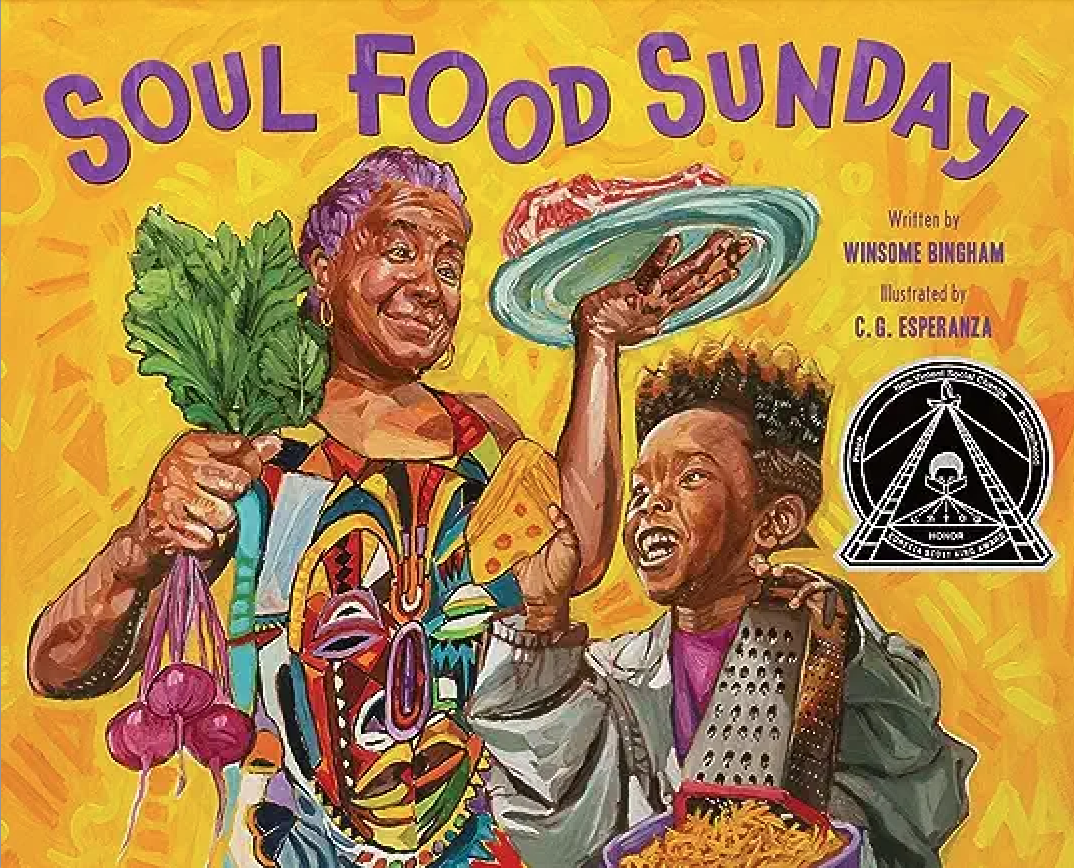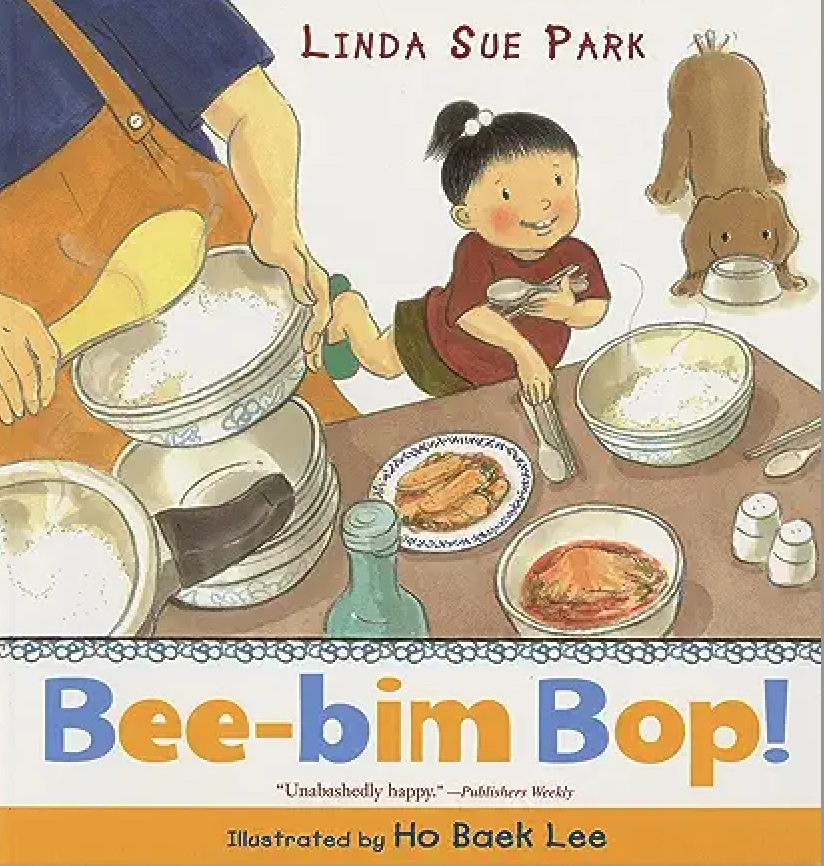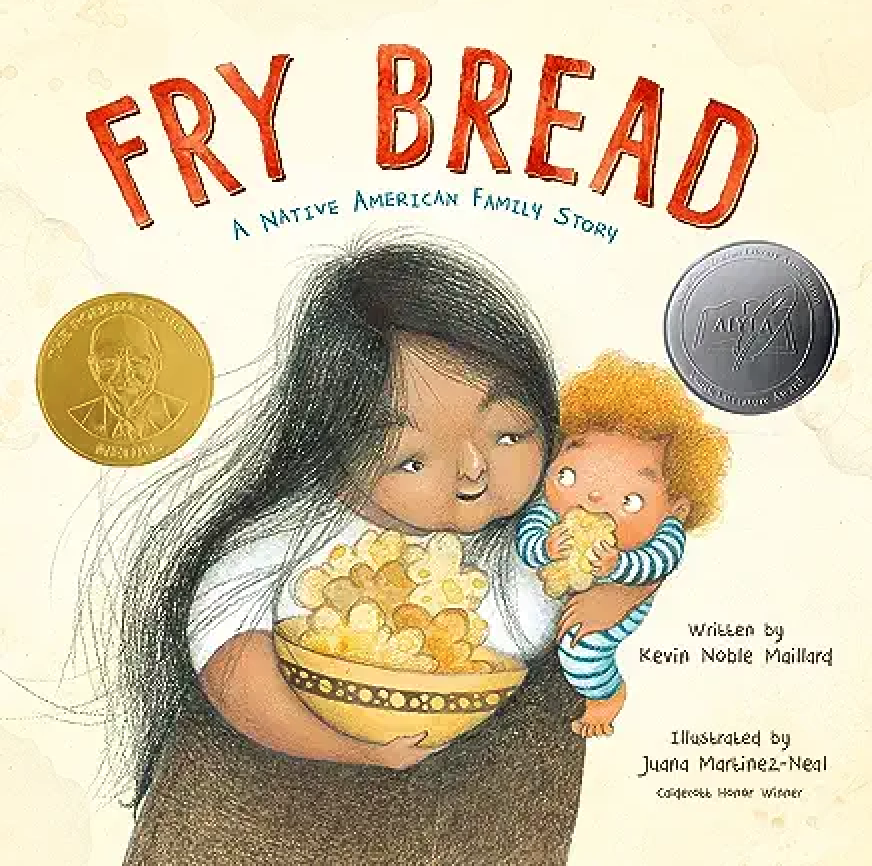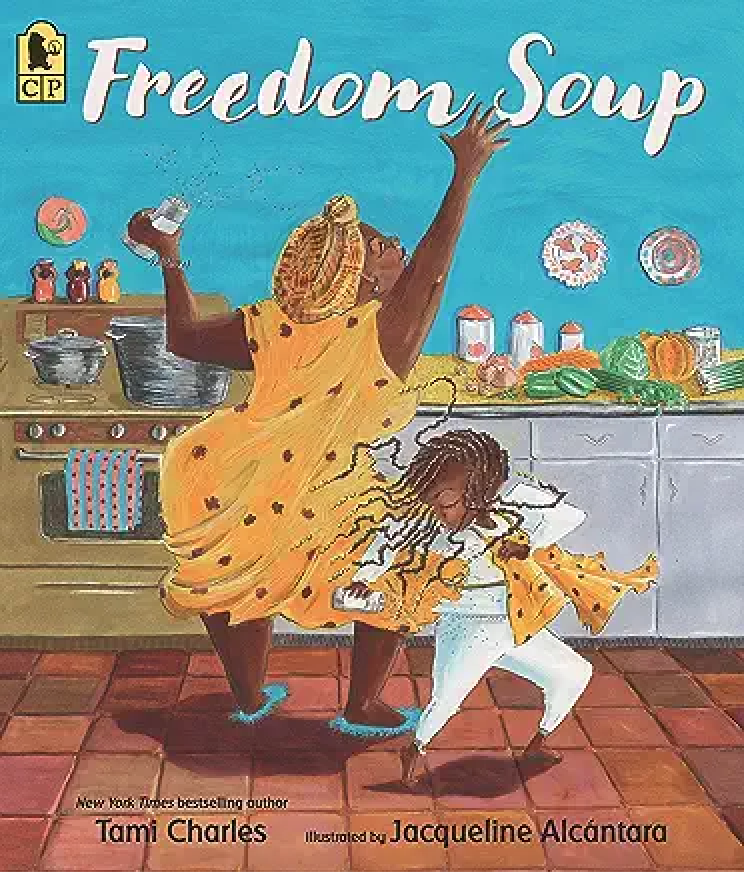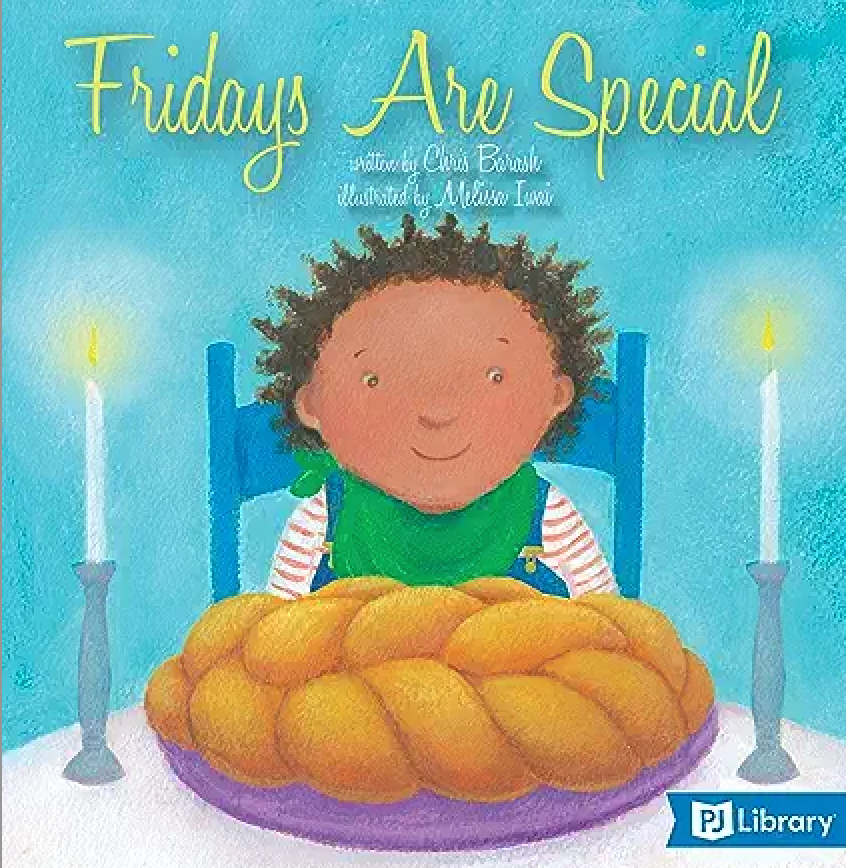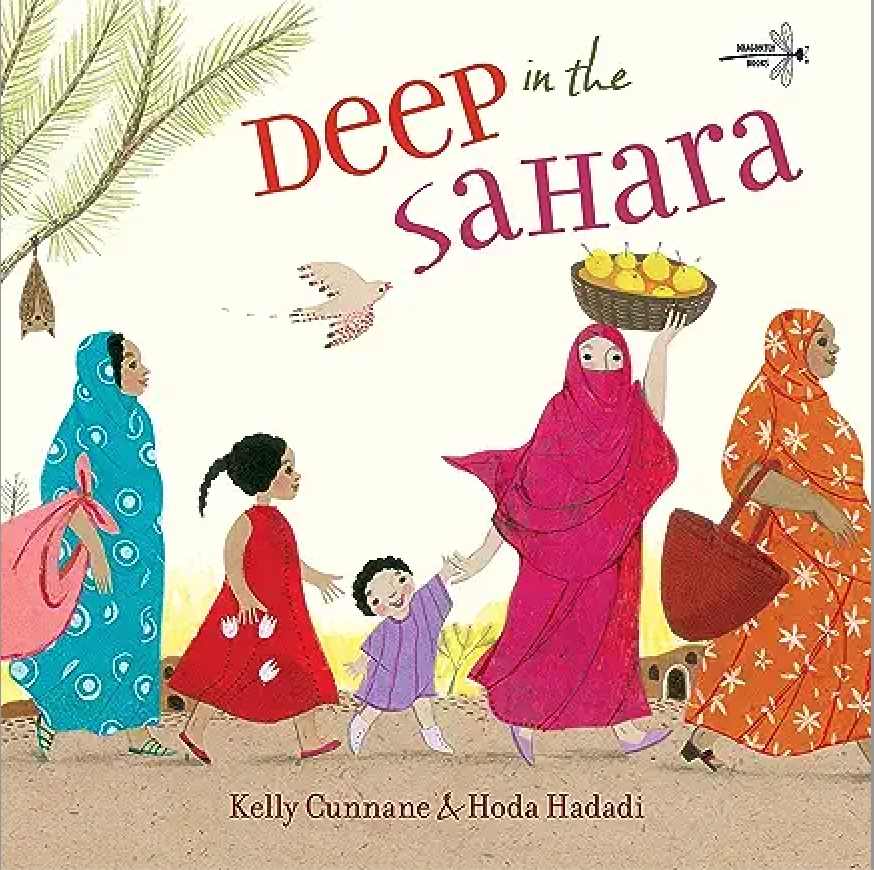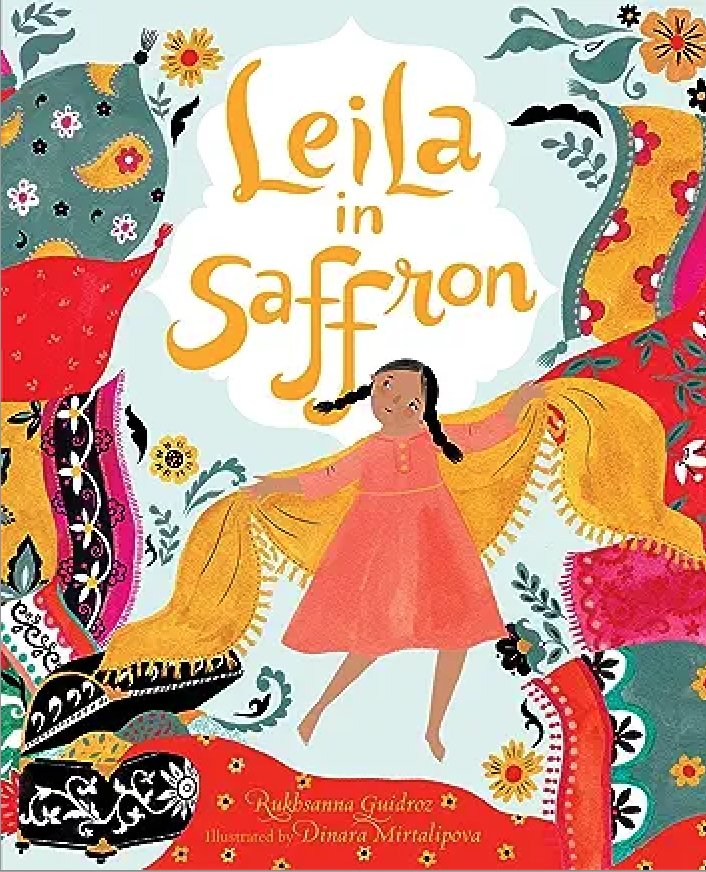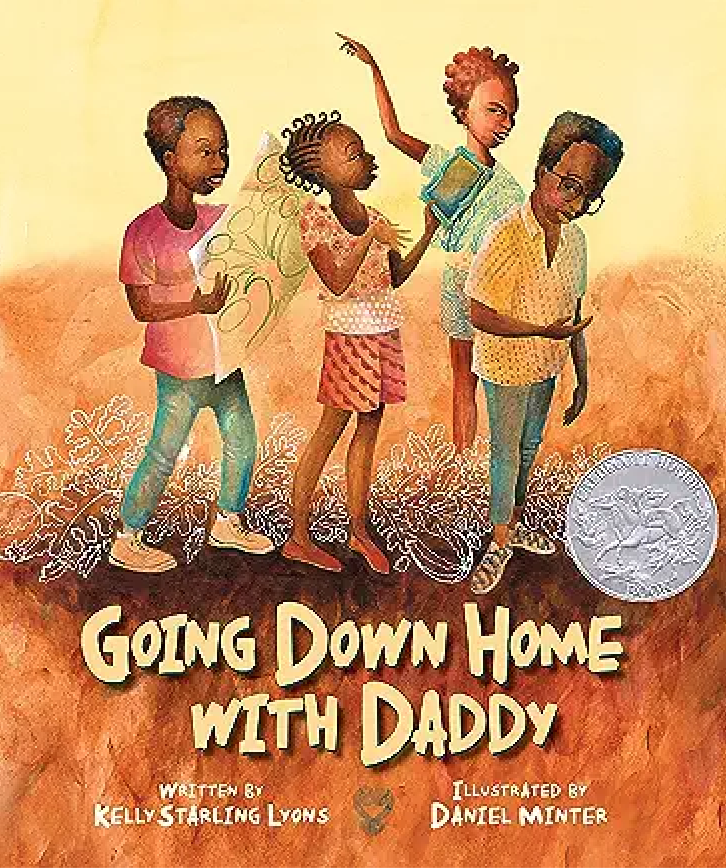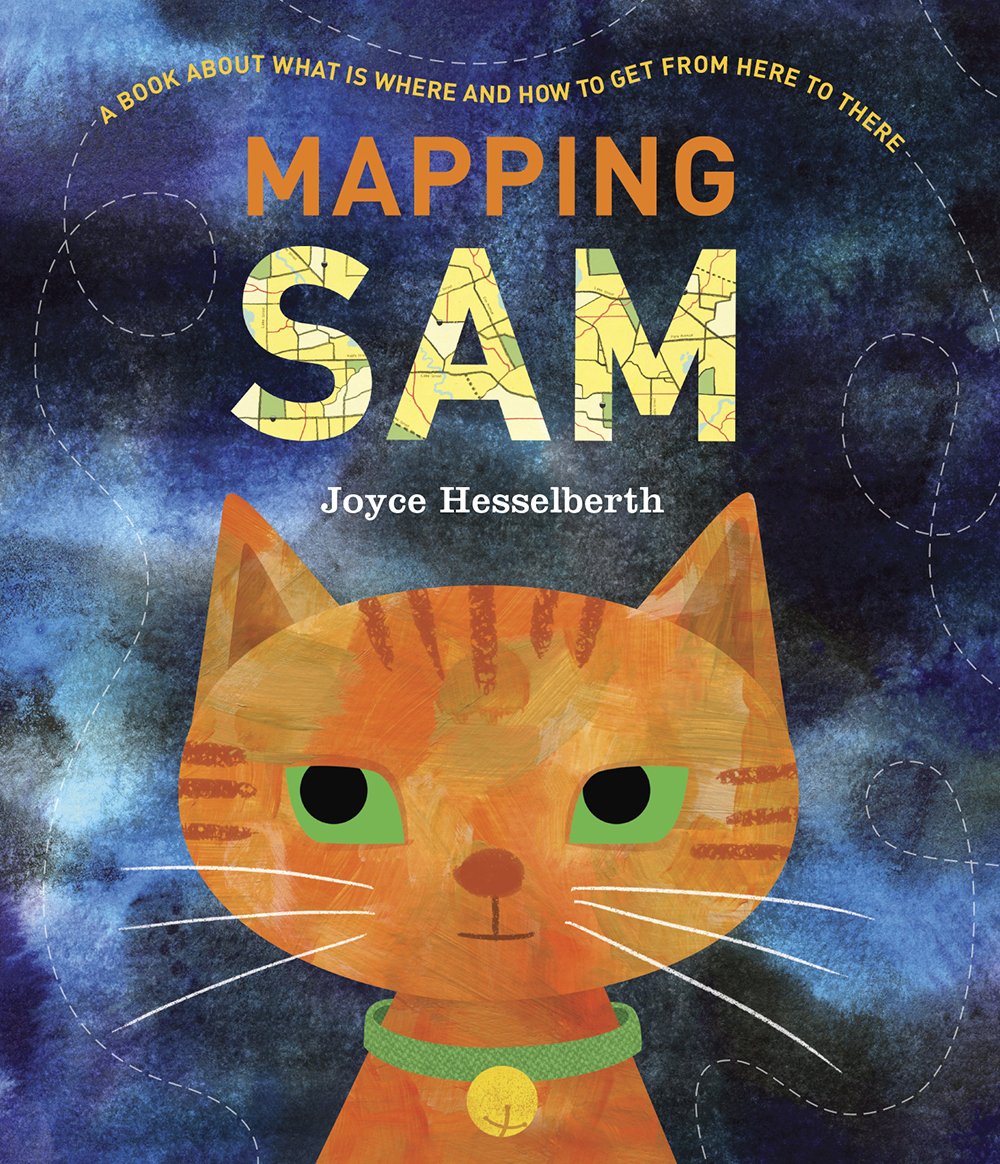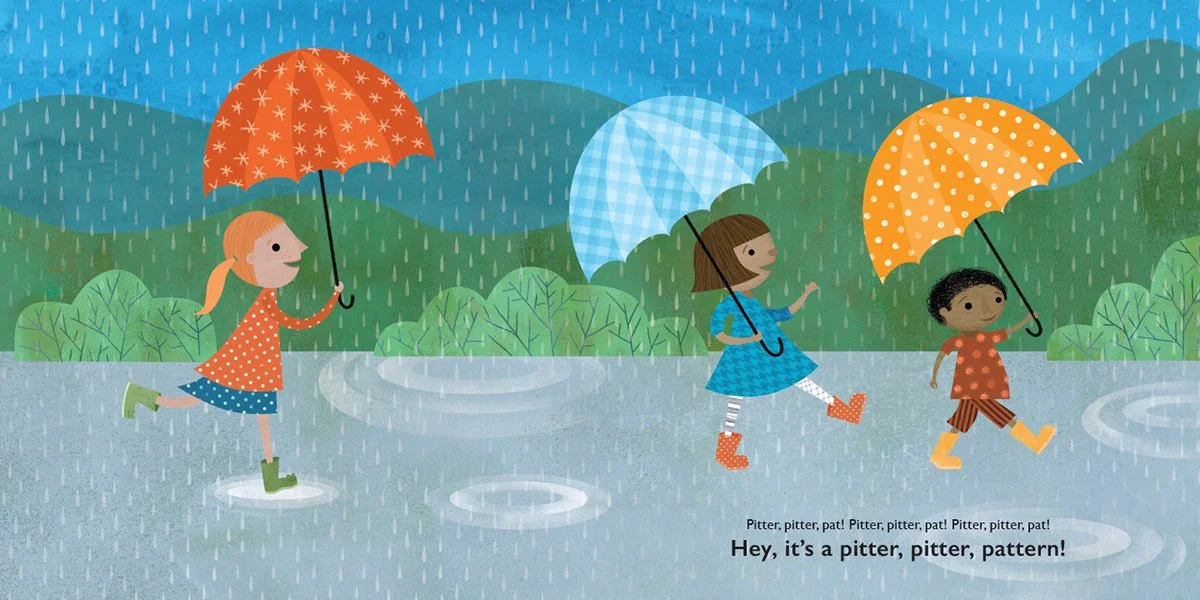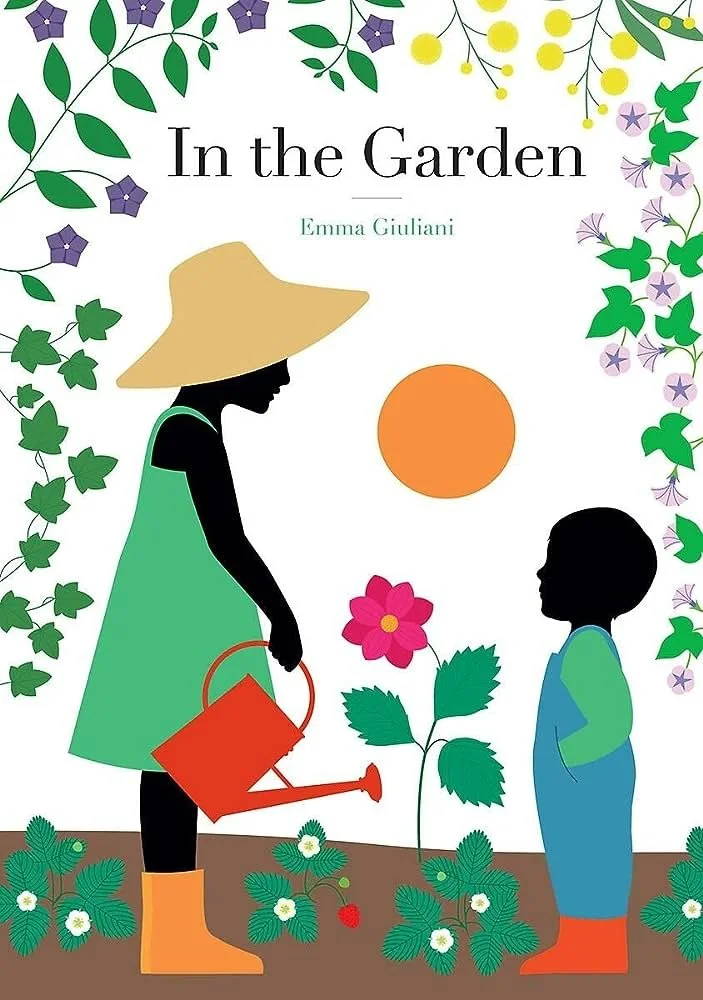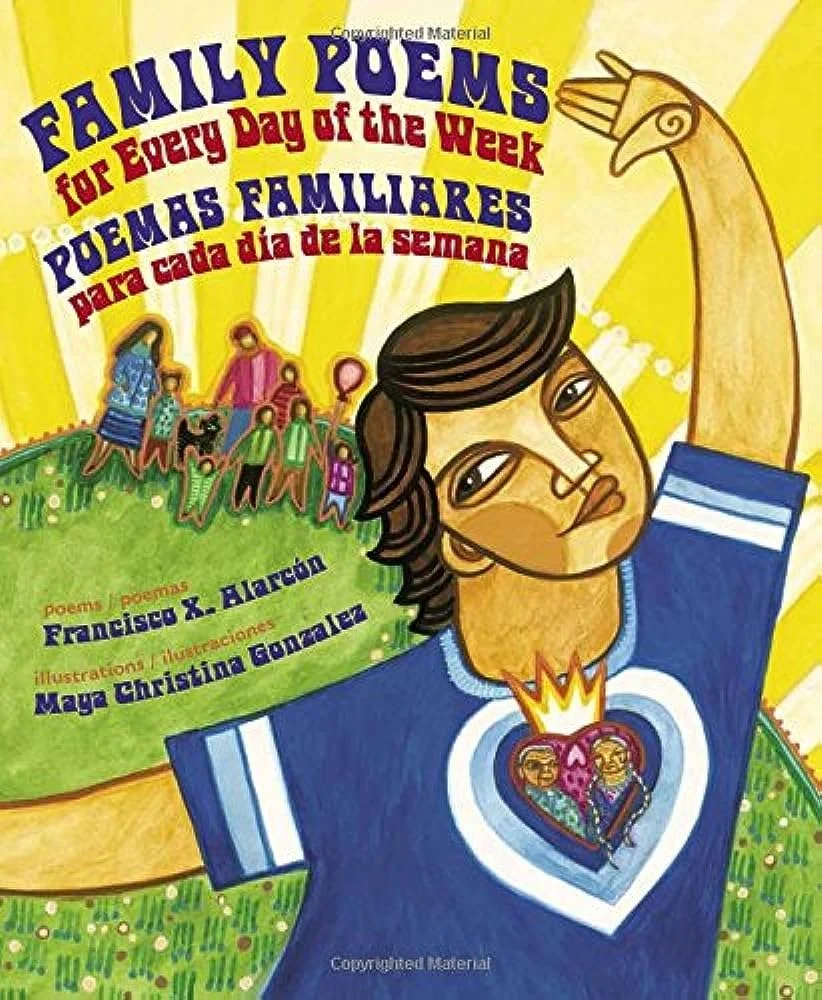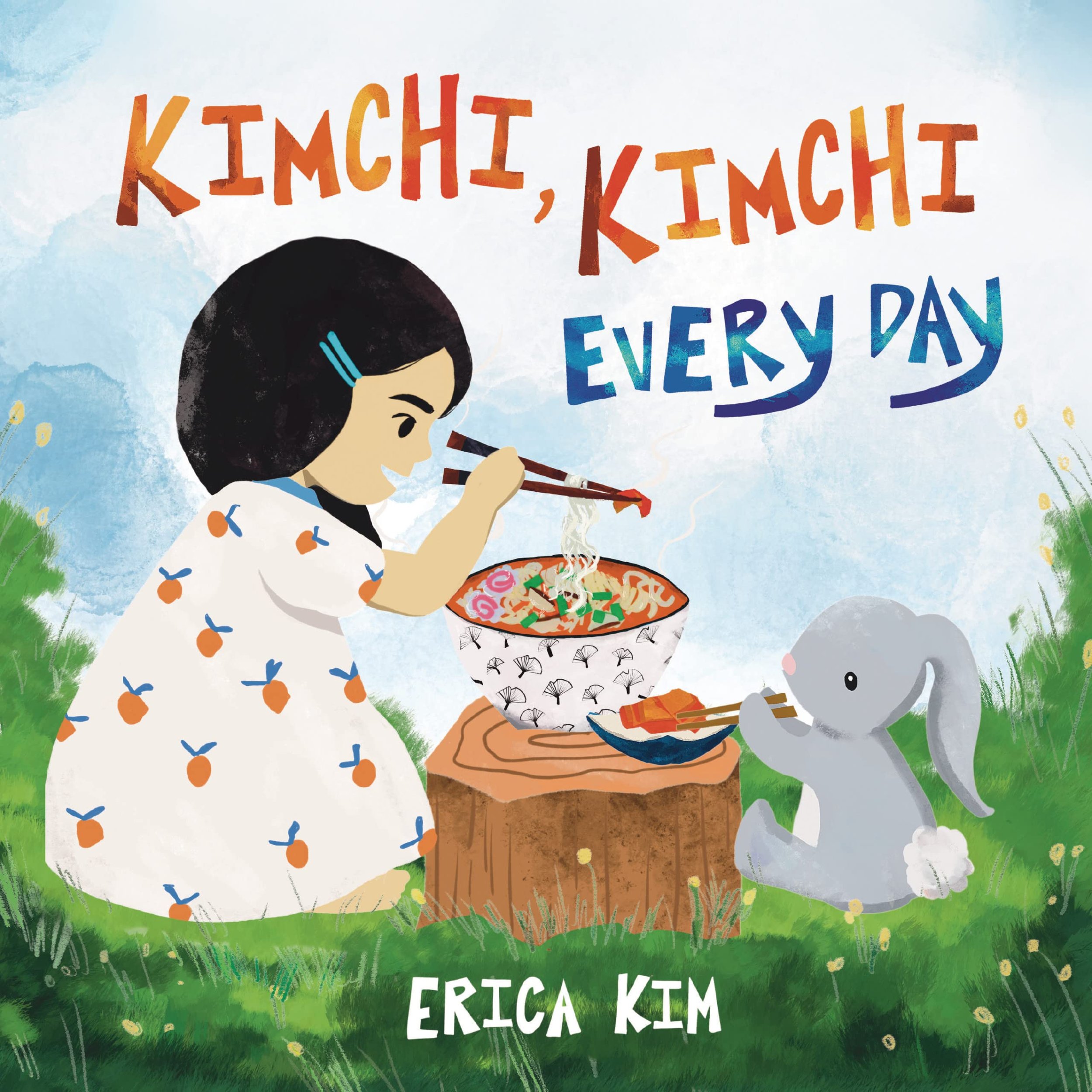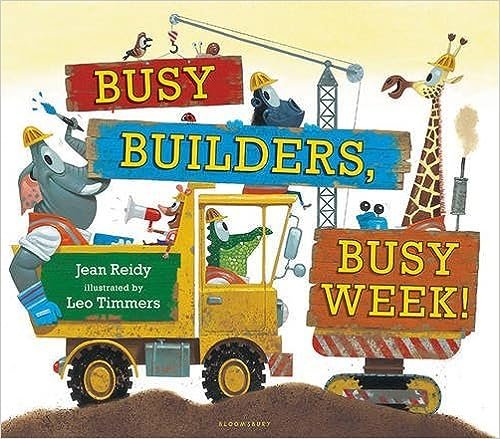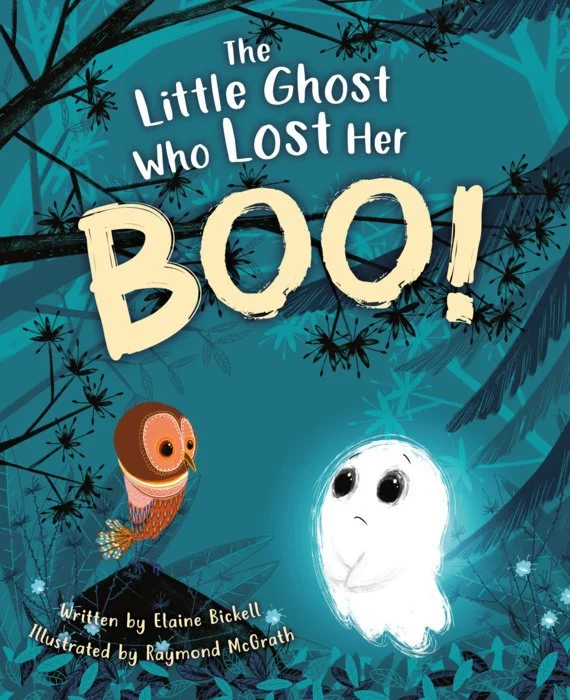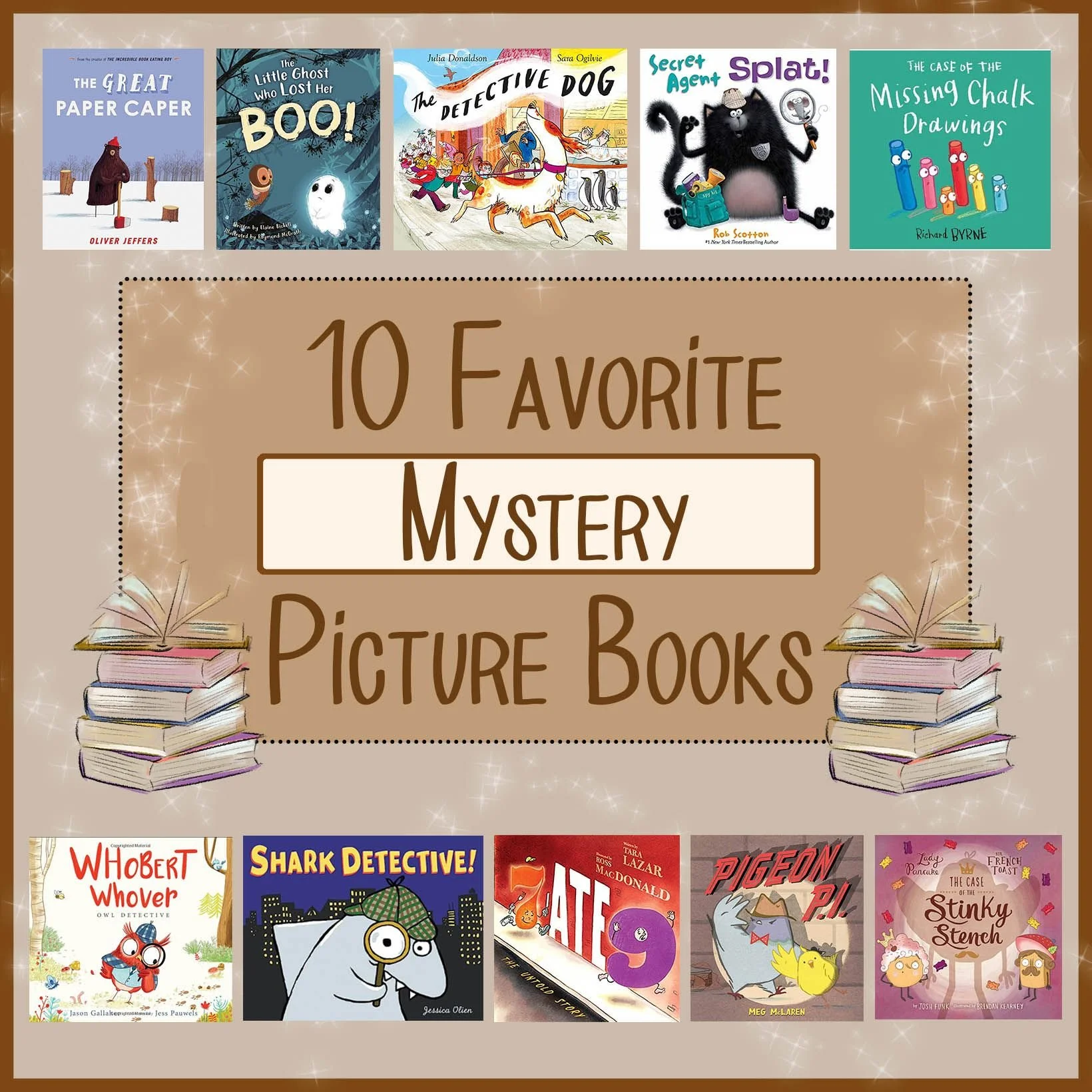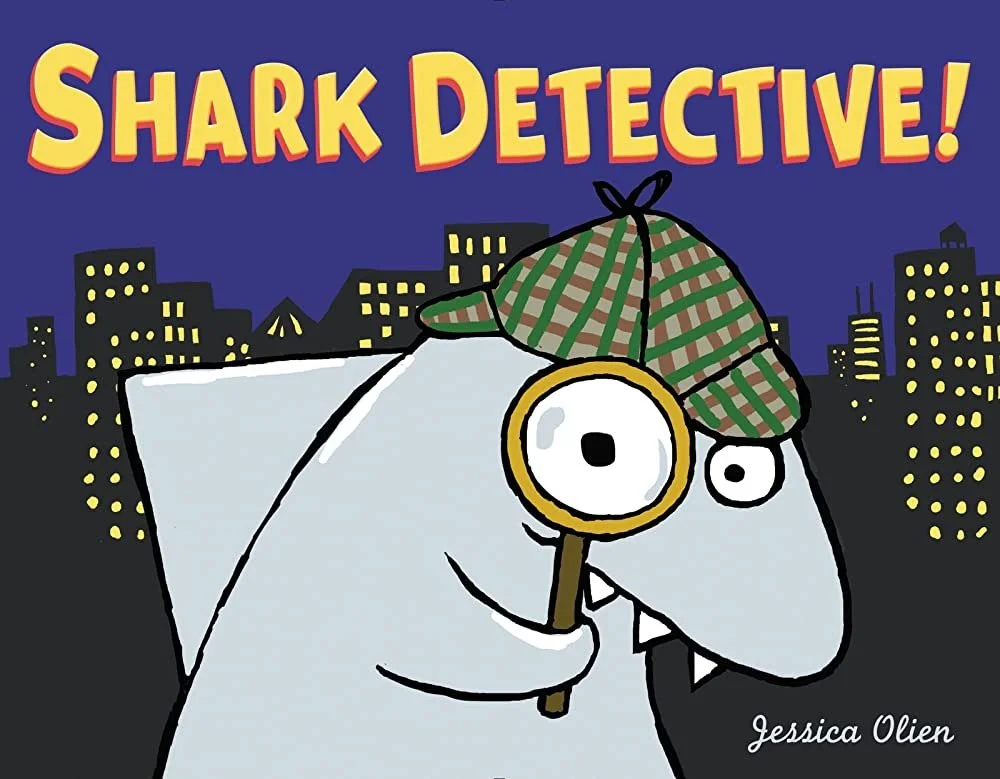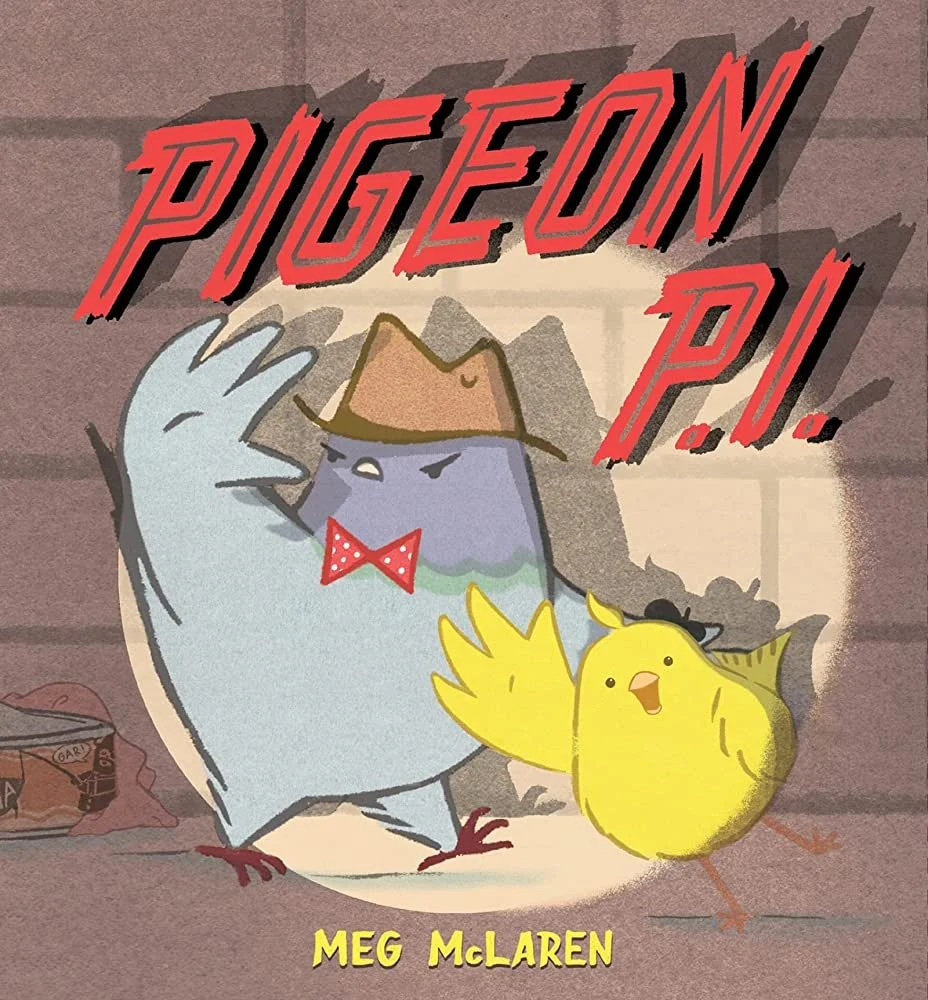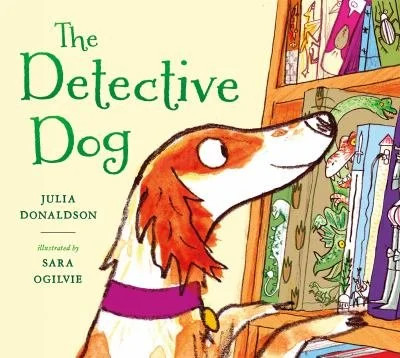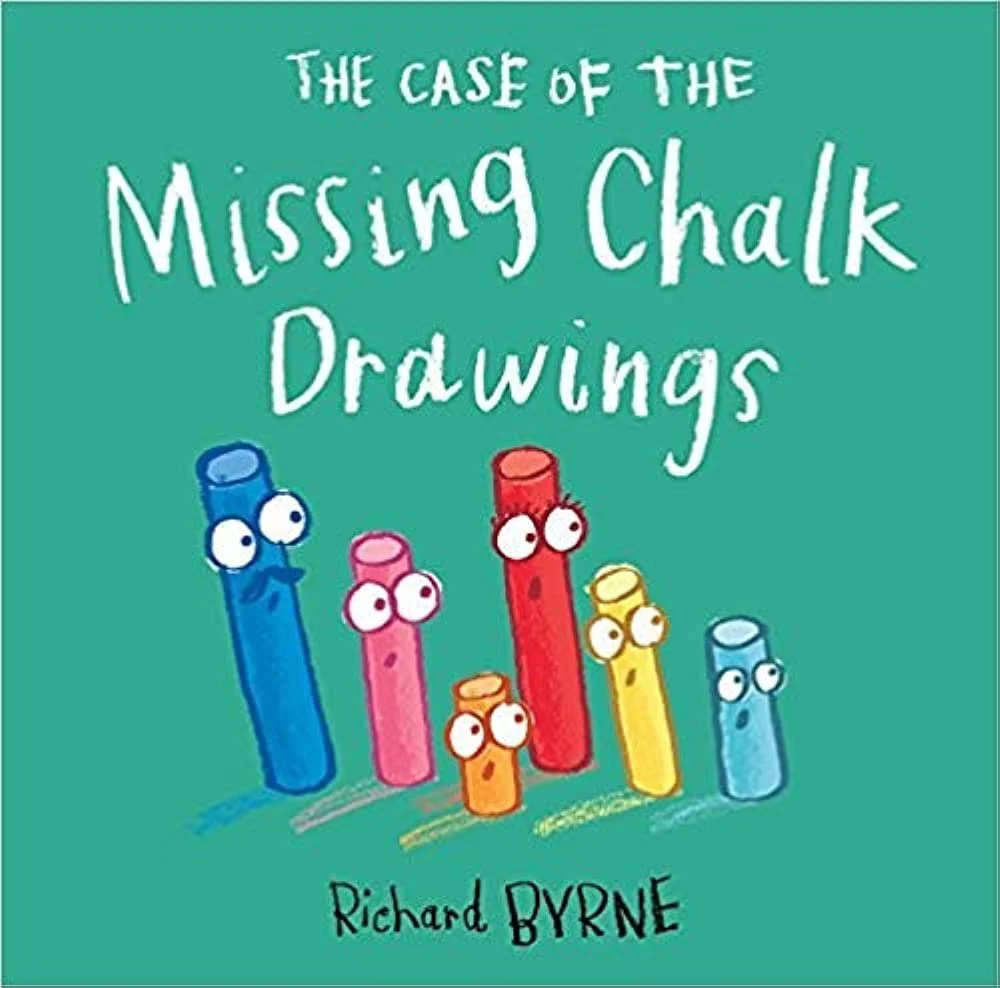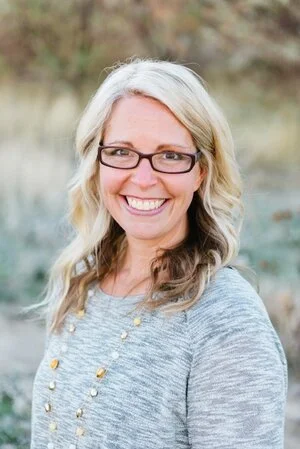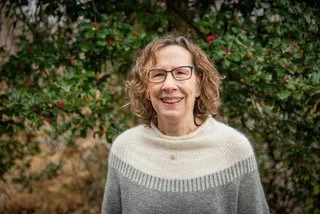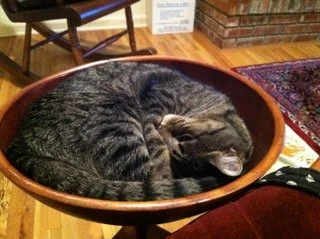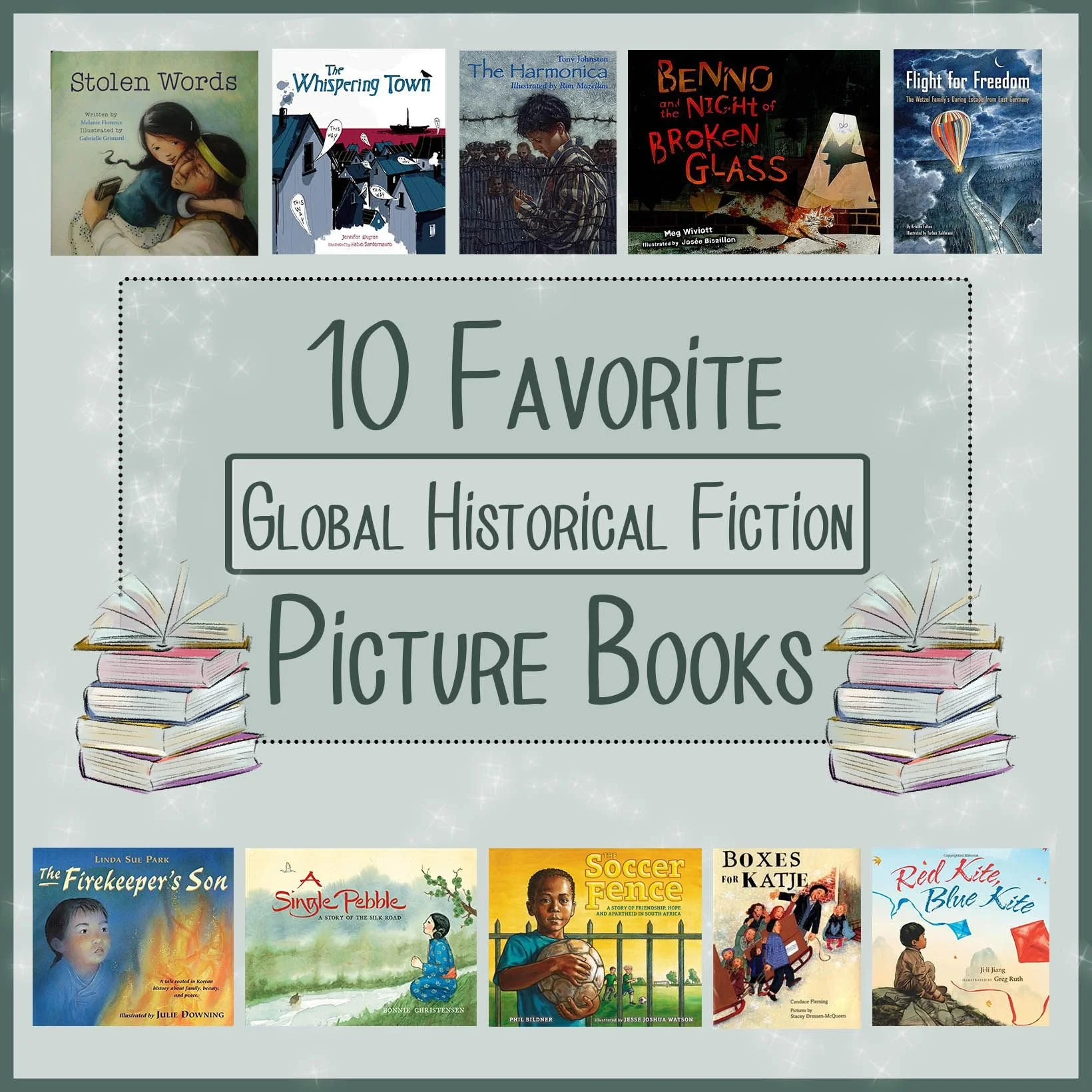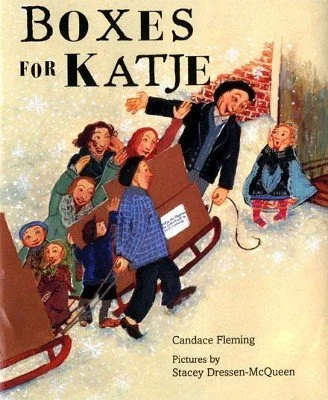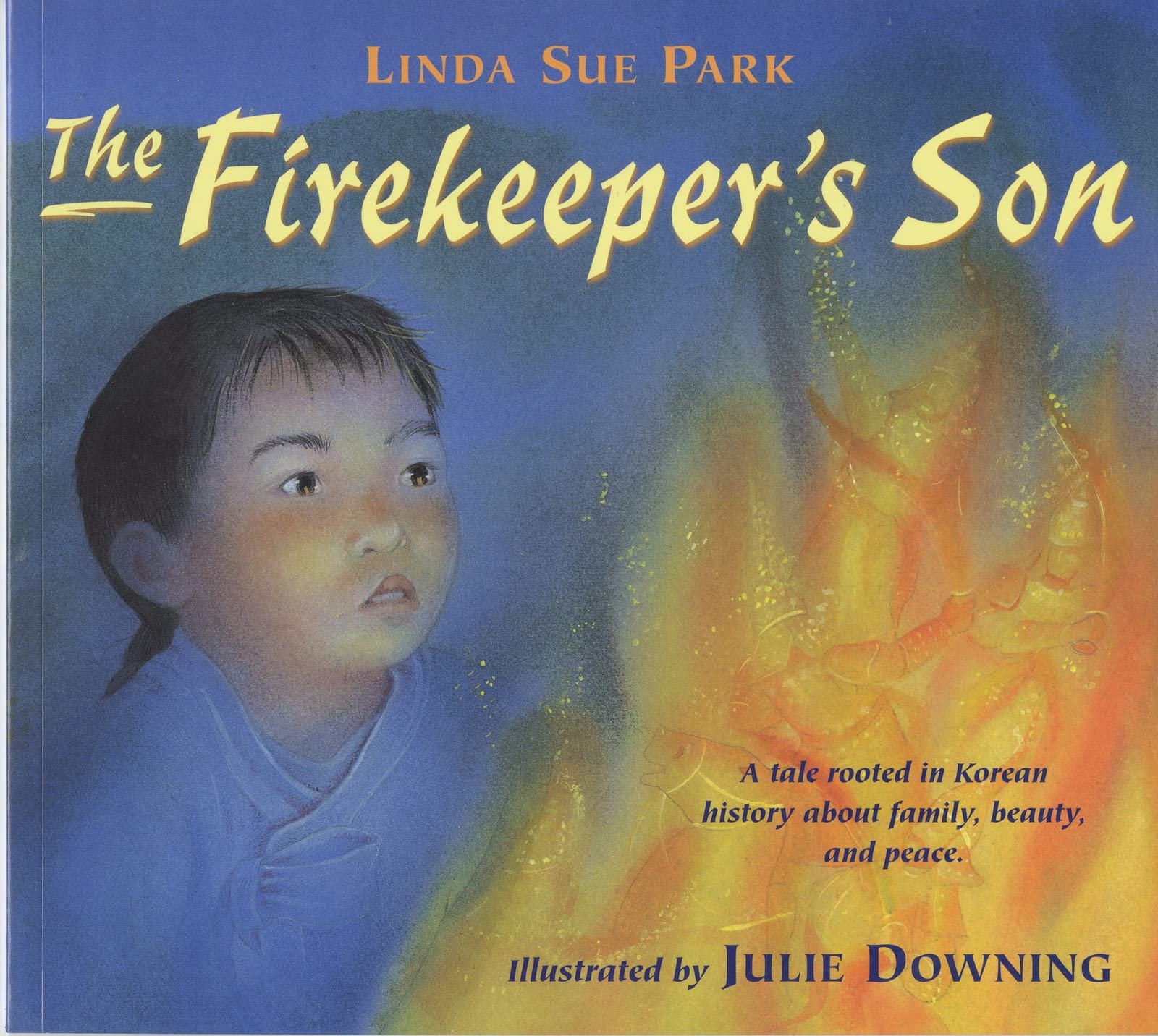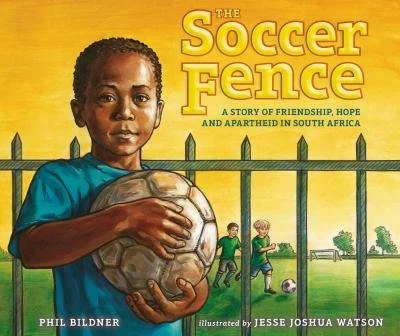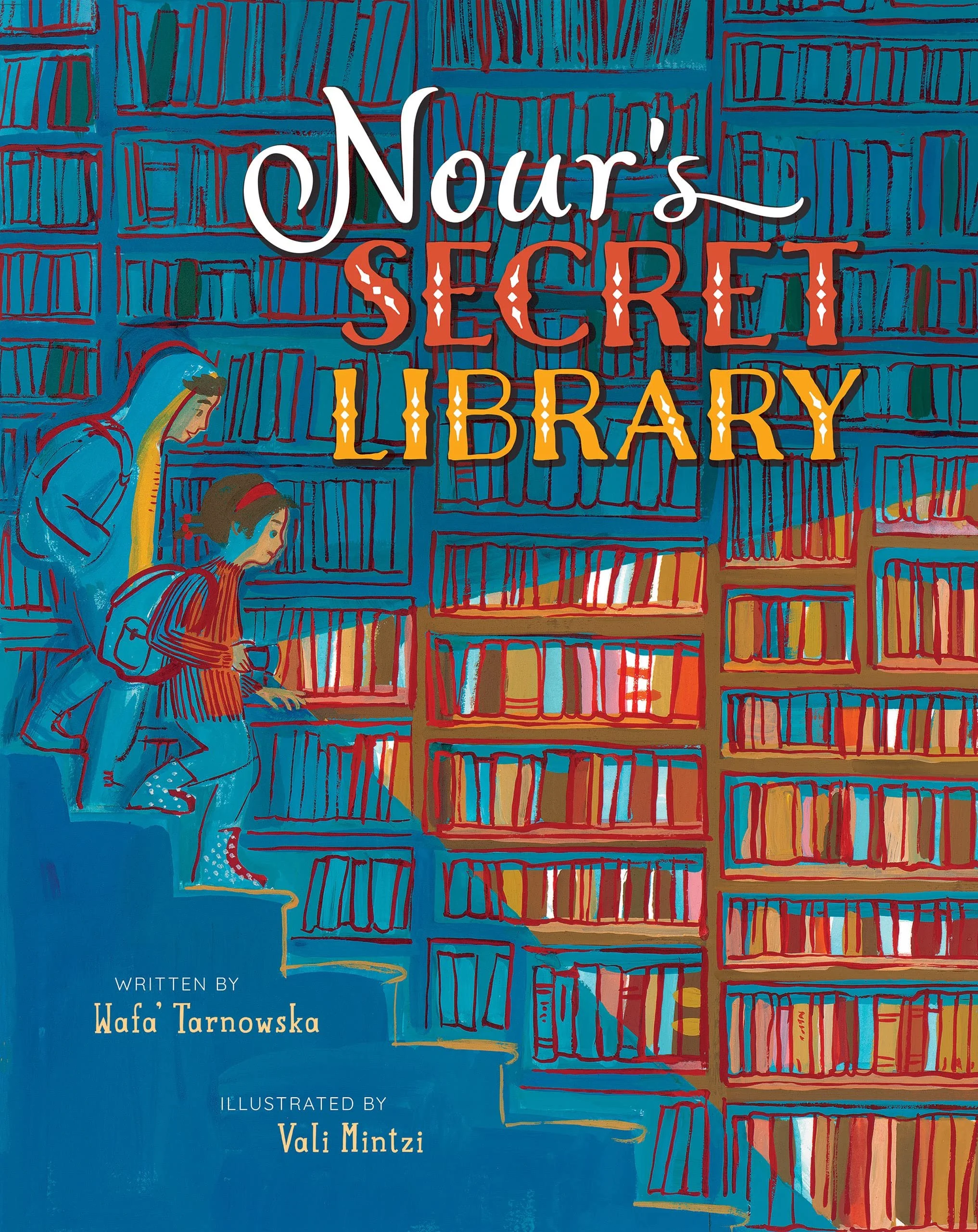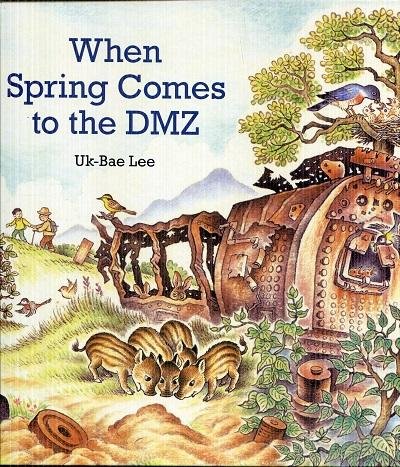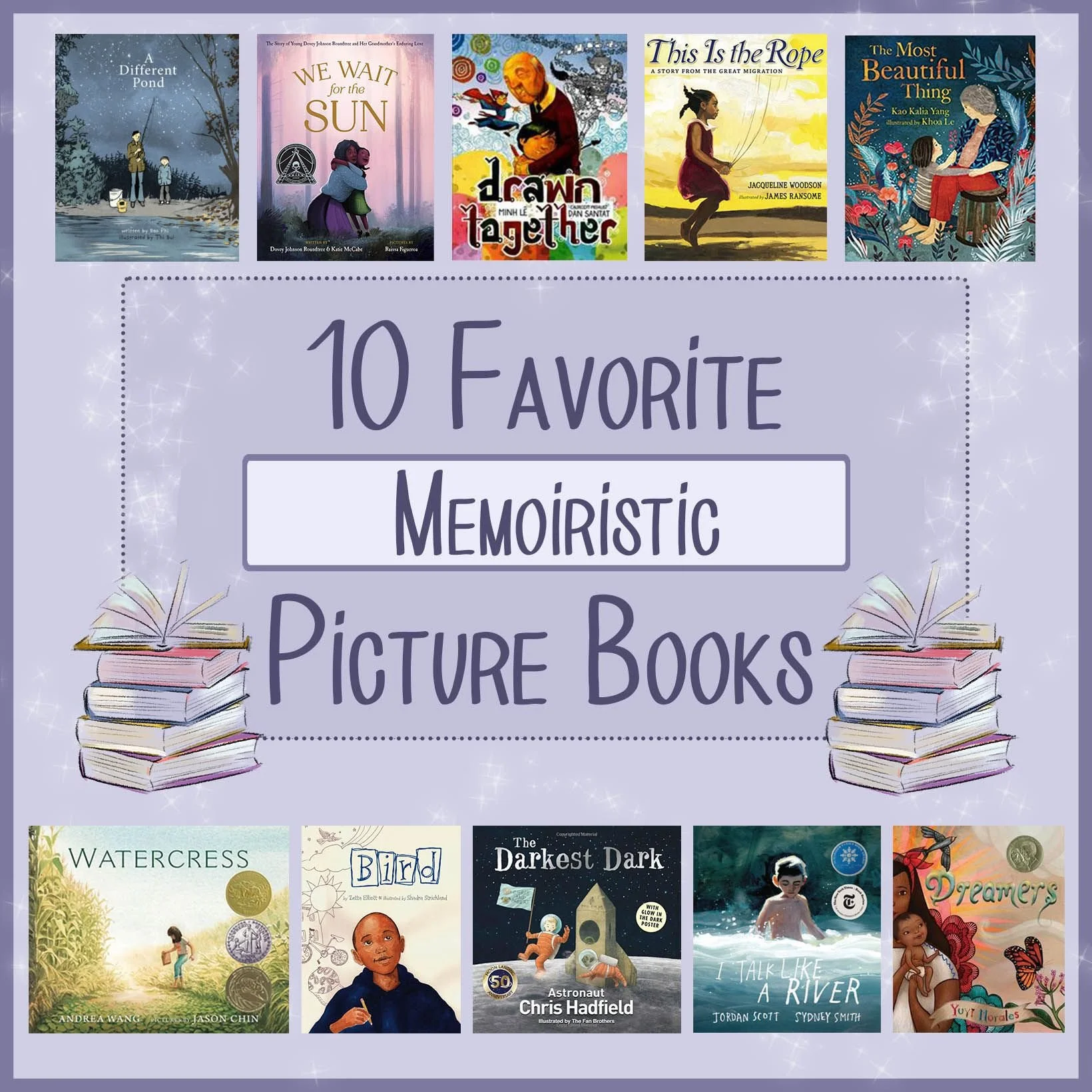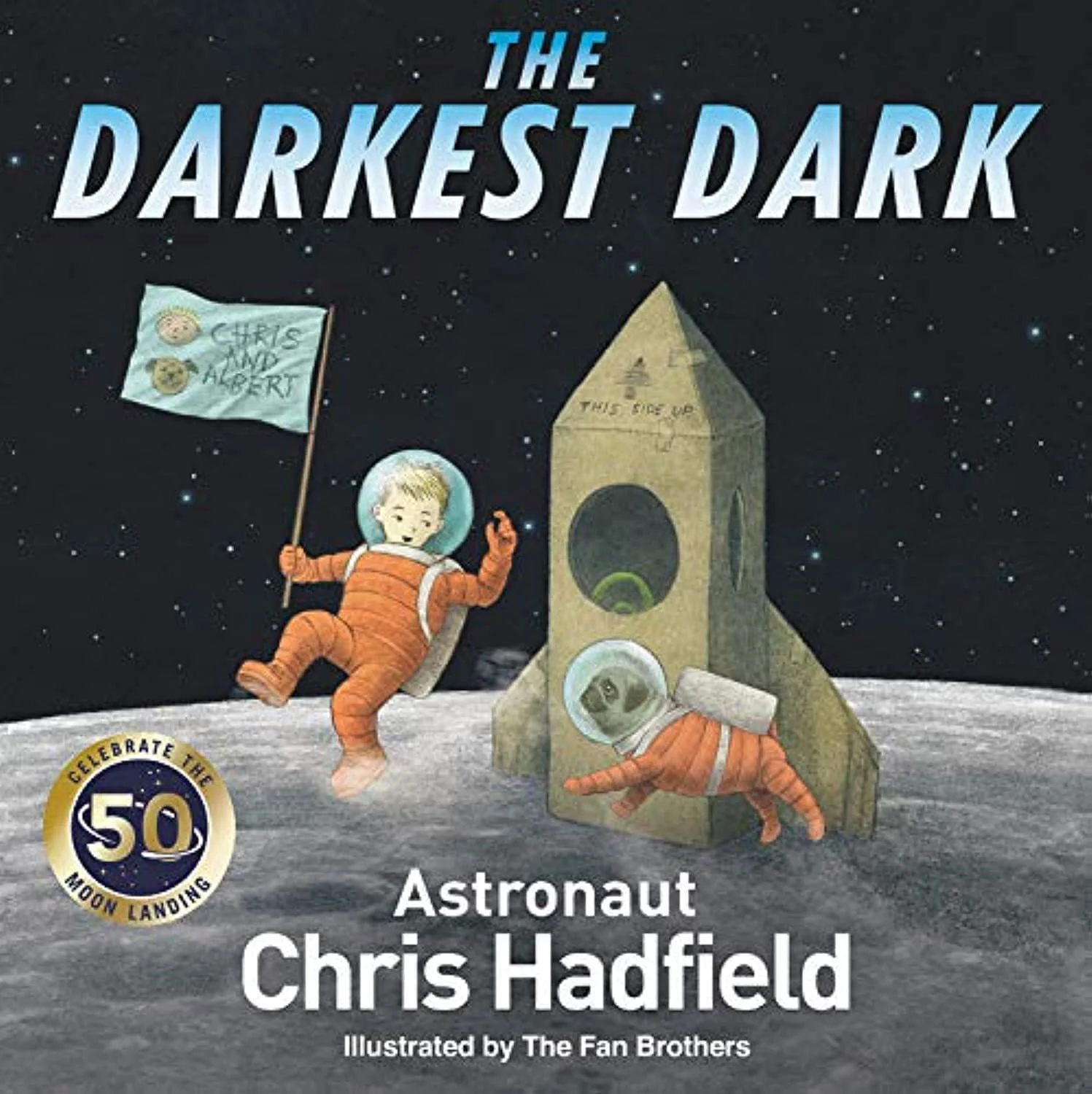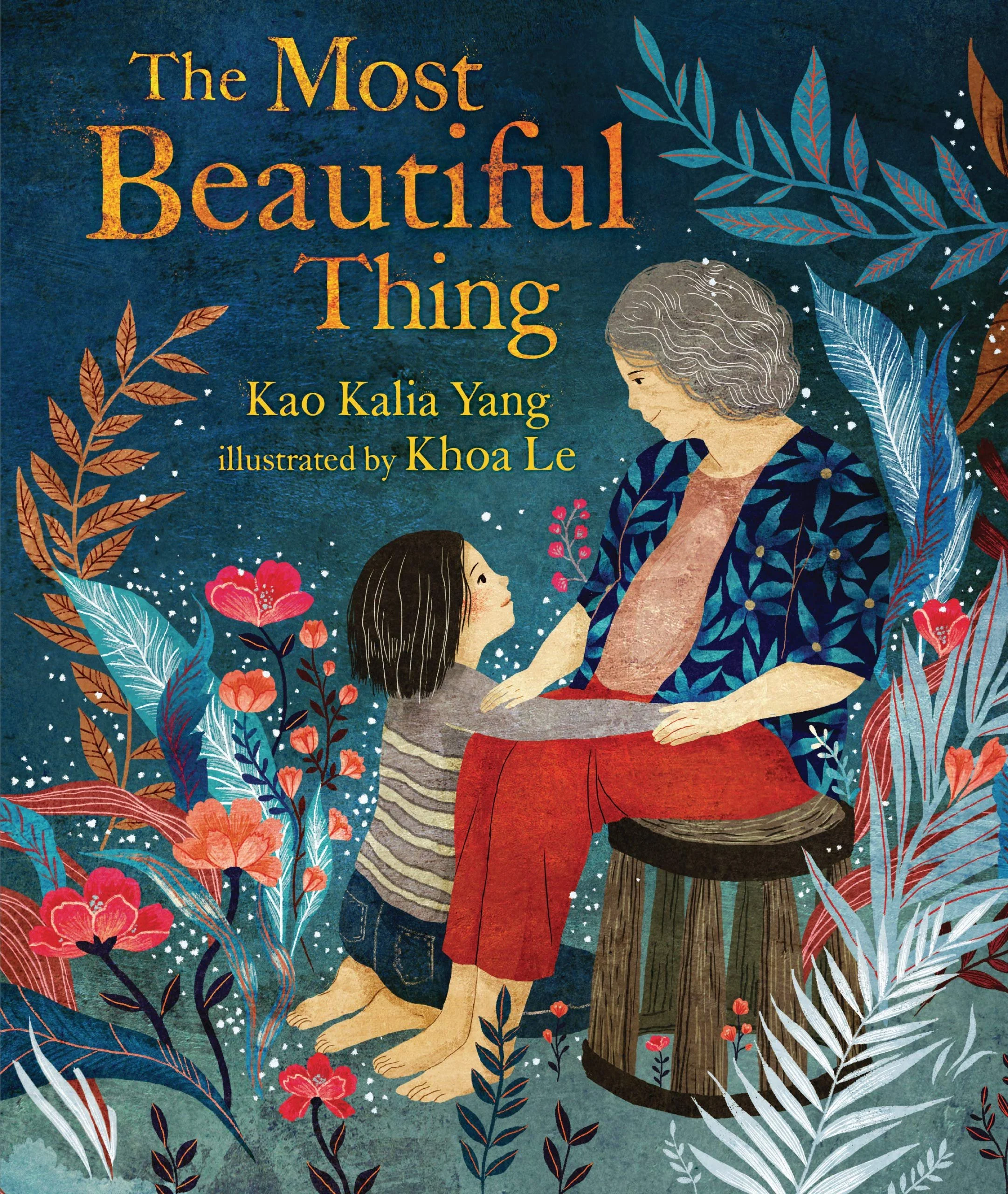Holidays mean more than gifts, foods, and decorations. They’re rich with tradition, nostalgia, family, and friends. Whether or not you grew up with fond holiday memories, incorporating special books into the holiday season can inspire children with nostalgic memory, a love of literacy, and lasting feelings of love and belonging—the best gifts of all!
Bear Says Thanks by Karma Wilson and Jane Chapman
As the weather cools, Bear wants to host a feast for his friends. But his cupboards are all empty! One by one, his woodland friends stop by, each with treats and food to share. But Bear has nothing to contribute to the feast. Will his friends understand? This sweet, rhyming story is a wonderful read-aloud, especially in the days before Thanksgiving!
The People Remember: A Kwanzaa Holiday Book for Kids by Ibi Zoboi, illustrated by Loveis Wise
With rhythmic beauty centered around the Seven Principles of Kwanzaa, The People Remember recounts the history of the African American experience in America. From the people who worshiped and lived in Africa to those who sacrificed for freedom, expanded the power of words and music, and continue to work for social justice, this story is a powerful ode to humanity, justice, and freedom. WIth its colorful and emotive illustrations, this incredible story is a must-read for increased understanding of the deep roots and rich meaning of Kwanzaa.
Hanukkah Bear by Eric A. Kimmel, illustrated by Mike Wohnoutka
When Old Bear follows his nose to Bubba Brayna’s cabin in the woods, her failing eyes think Old Bear is the rabbi, come early for a dinner of latkes! Bubba Brayna treats Old Bear to a traditional Hanukkah evening, complete with the lighting of the menorah, a game of dreidel, and a plateful of hot latkes. After sending him into the night with the gift of a red scarf, imagine Bubba Brayna’s surprise when the actual rabbi comes knocking! This sweet tale is perfect for a cozy winter evening.
Meet the Latkes by Alan Silberberg
While Mama and Papa Latke make sufganiyot, or fried jelly doughnuts, Grandpa Latke tells Lucy the story of Hanukkah—or rather, Chhhhanukkah! According to Grandpa, the ancient story involved Judas Mega-bee, who protected his hive from a swarm of alien invaders! Despite Grandpa’s enthusiasm, Lucy’s dog, Applesauce, claims the ancient story involved a group of Maccabees who actually saved their people from the Greek King Antiochus. This delightful story will have your kids laughing, learning, and arguing over the best way to pronounce Hannukkah, er… Chanukah!
A Sweet New Year for Ren by Michelle Sterling, illustrated by Dung Ho
It’s Lunar New Year—but is Ren finally old enough to help make pineapple cakes? Baba says she’s too little to help hang decorations, and Mama’s in a hurry preparing dumplings. When Ren’s older brother Charlie gets home, Ren is determined to prove that she’s big enough for pineapple cakes—but everything goes wrong! Will she ever be able to help? This fun story focuses on the joy of traditions, gathering, and mouth-watering foods!
Dasher by Matt Tavares
Before Santa met Dasher, a reindeer in a traveling circus, his sleigh was pulled by a single horse named Silverbell. But more and more gift-giving—and a heavier and heavier sleigh—was taking its toll on Santa’s old horse. Little did he and Silverbell know that Dasher dreamed of escaping the circus to return to the North Pole, where her mother grew up. Thanks to a handful of wishes and plenty of courage, Dasher changes both Santa’s life and the life of her seven (now very famous!) family members! This is the perfect story for a snuggly read-aloud beneath the Christmas tree.
Dia de Los Muertos by Roseanne Greenfield Thong, illustrated by Carles Ballesteros
The Dia de Los Muertos festivities have begun! Colorful illustrations and rhyming text bring the reader through a day of Dia de Los Muertos preparations, decorations, and celebrations! Cheerful illustrations, extra Dia de Los Muertos information in the endpages, and a glossary of the many Spanish terms referenced throughout the story make this book a delight!
My Diwali Light by Raakhee Mirchandani, illustrated by Supriya Kelkar
As Devi and her family prepare for the Diwali celebration, Devi revels in the smells, clothes, traditions, and symbolism of the holiday. But her favorite part of all is spending time with the people she loves. This fun story describes the many facets of Diwali in a joyous, colorful way, just like the holiday itself!
What Do You Celebrate??? Holidays and Festivals around the World by Whitney Stewart, illustrated by Christiane Engel
In this wonderful nonfiction picture book, readers travel to fourteen different countries to learn about a holiday or festival that is unique to that country. Each two-page spread includes contextual information about each holiday, colorful illustrations, photos, and even related crafts or activities to do at home! From Bastille Day to Chinese New Year to Fastelavn, this book is a perfect way to introduce global cultures and traditions to kids (and adults!).
The Remember Tree by Stefanie Hohl, illustrated by Wes Wheeler
In this beautiful Christmas story, Grandma unwraps a special decoration that her father carved: a small wooden tree with six ornaments. As Grandma unwraps each ornament, the granddaughter must solve a riddle to guess what it will be: a gingerbread house, a star, a candy cane, a candle, and more, before Grandma explains how each shape relates to the Biblical story of Christ. Then the granddaughter is finally ready to receive the most special gift of all! With its rich illustrations, riddles, & timeless message, this book is a must-have for any Christmas morning!

